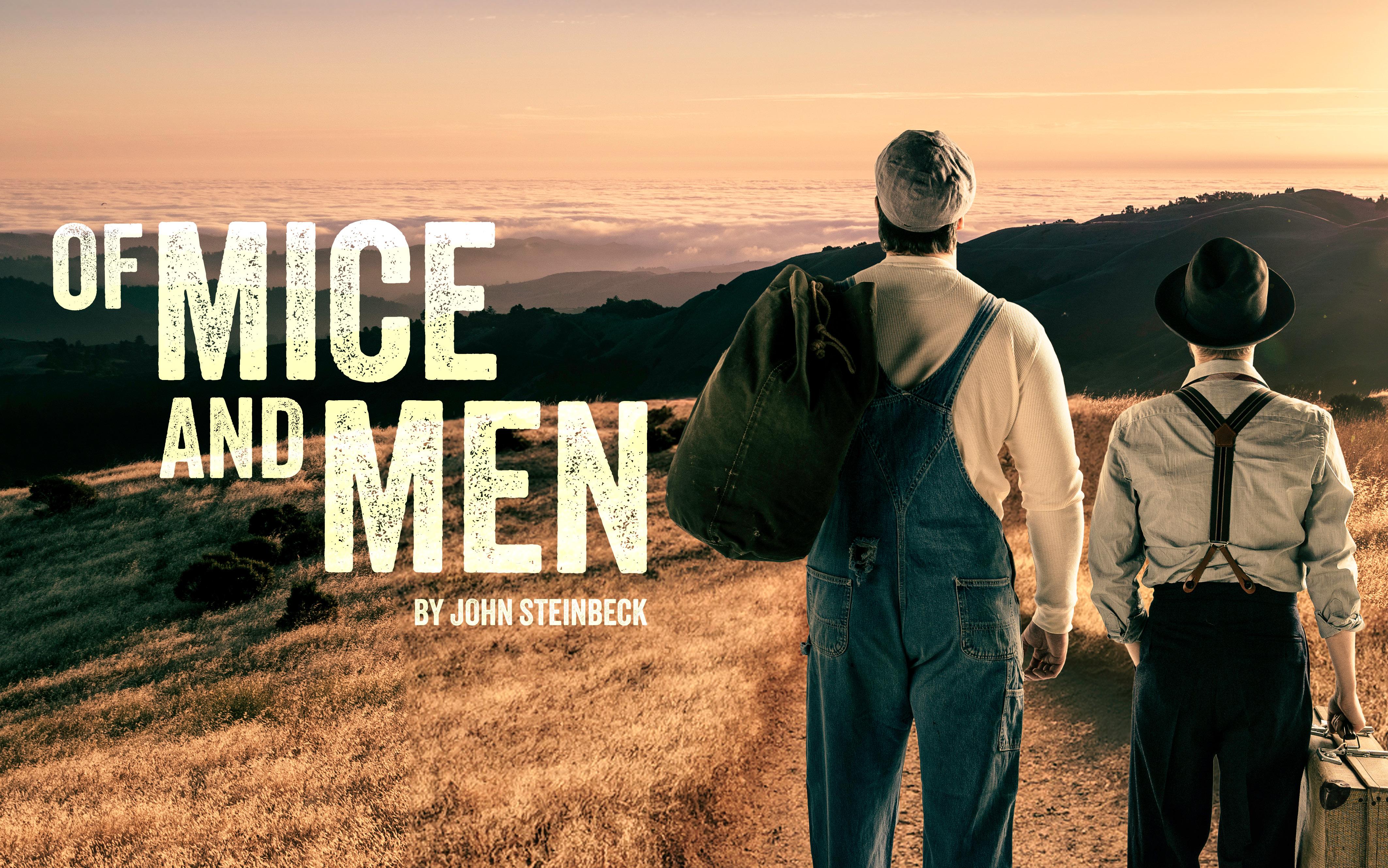

Resource Pack
A Derby Theatre, Octagon Theatre Bolton, Hull Truck Theatre and Theatre by the Lake Production




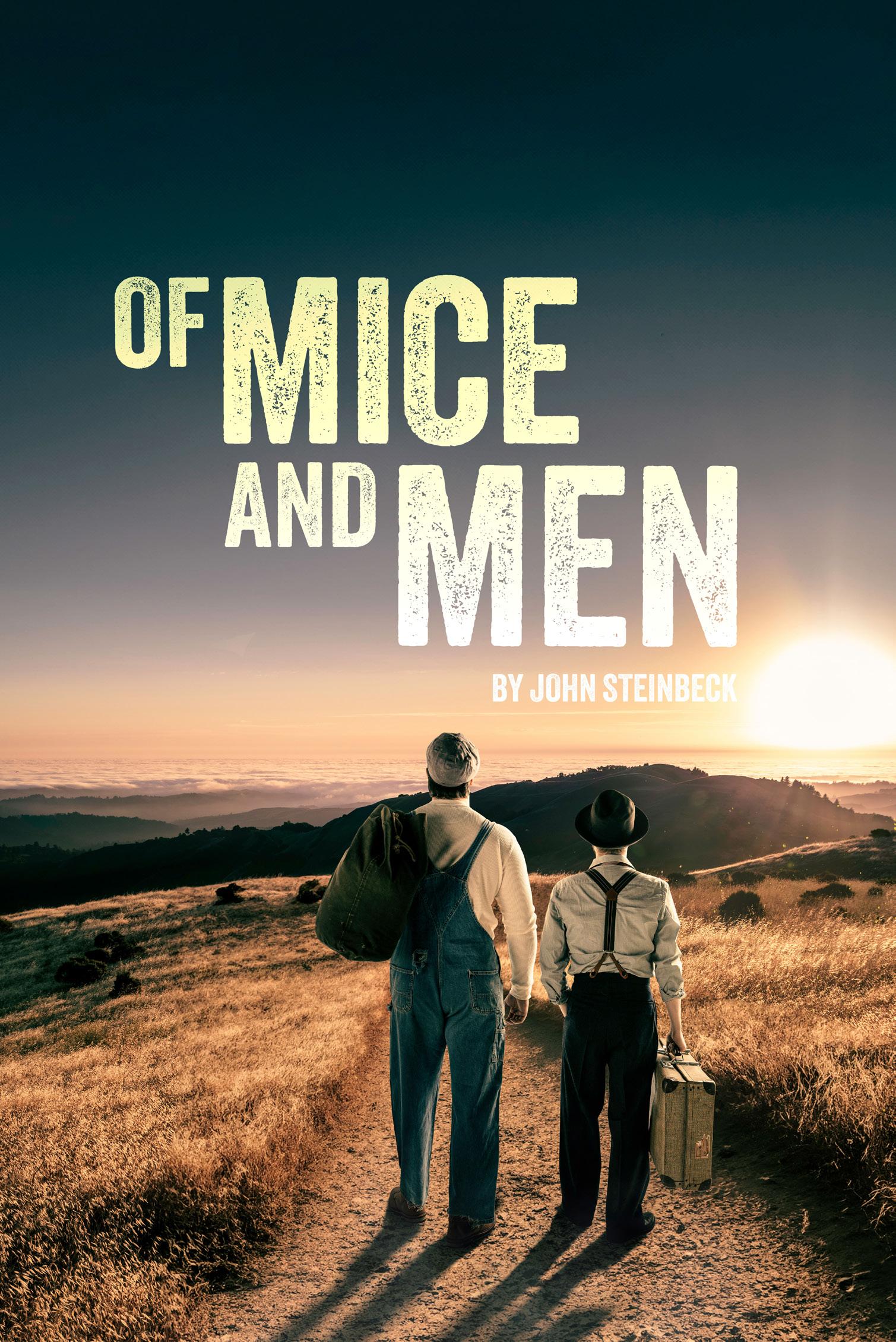
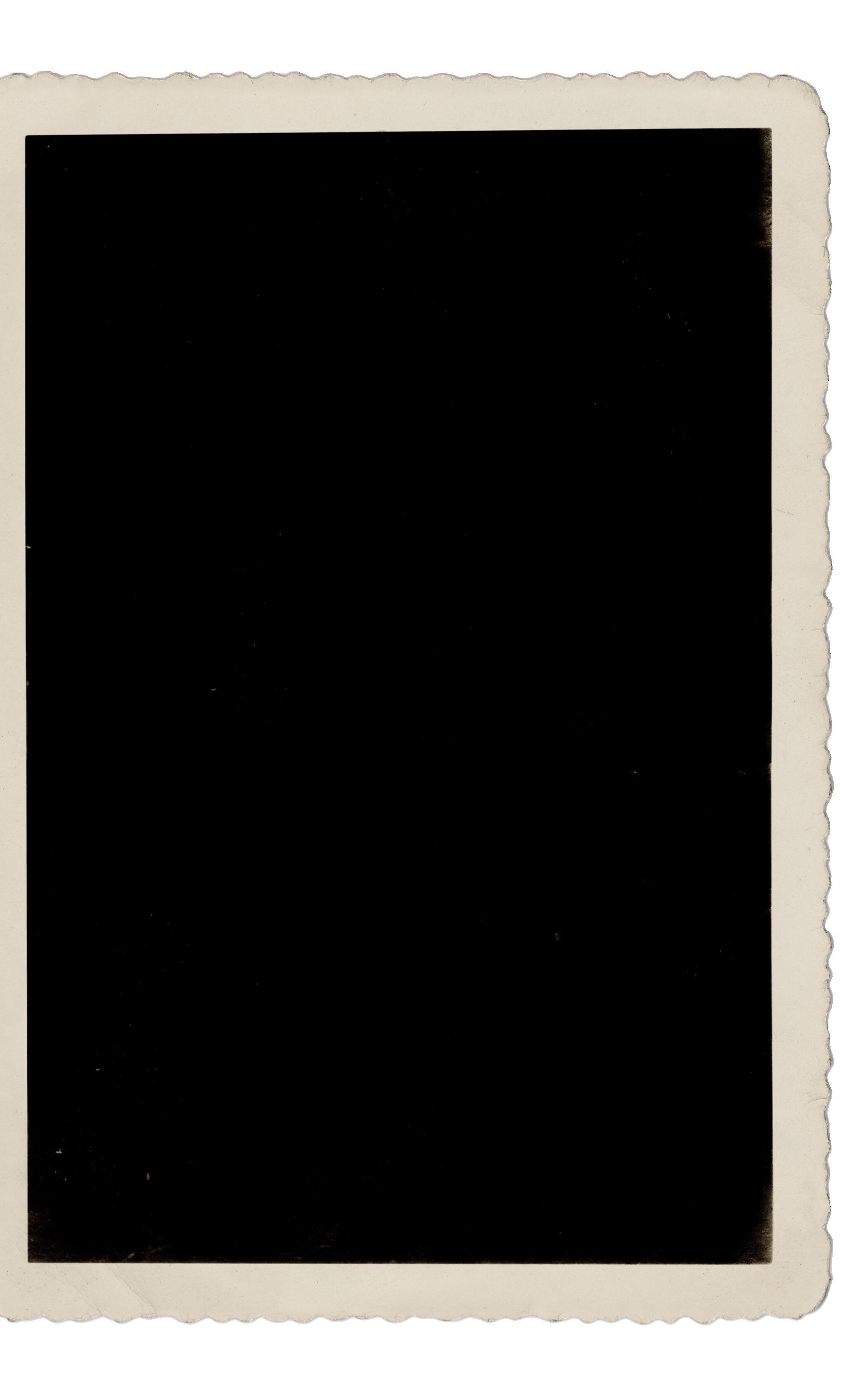
CREATIVES
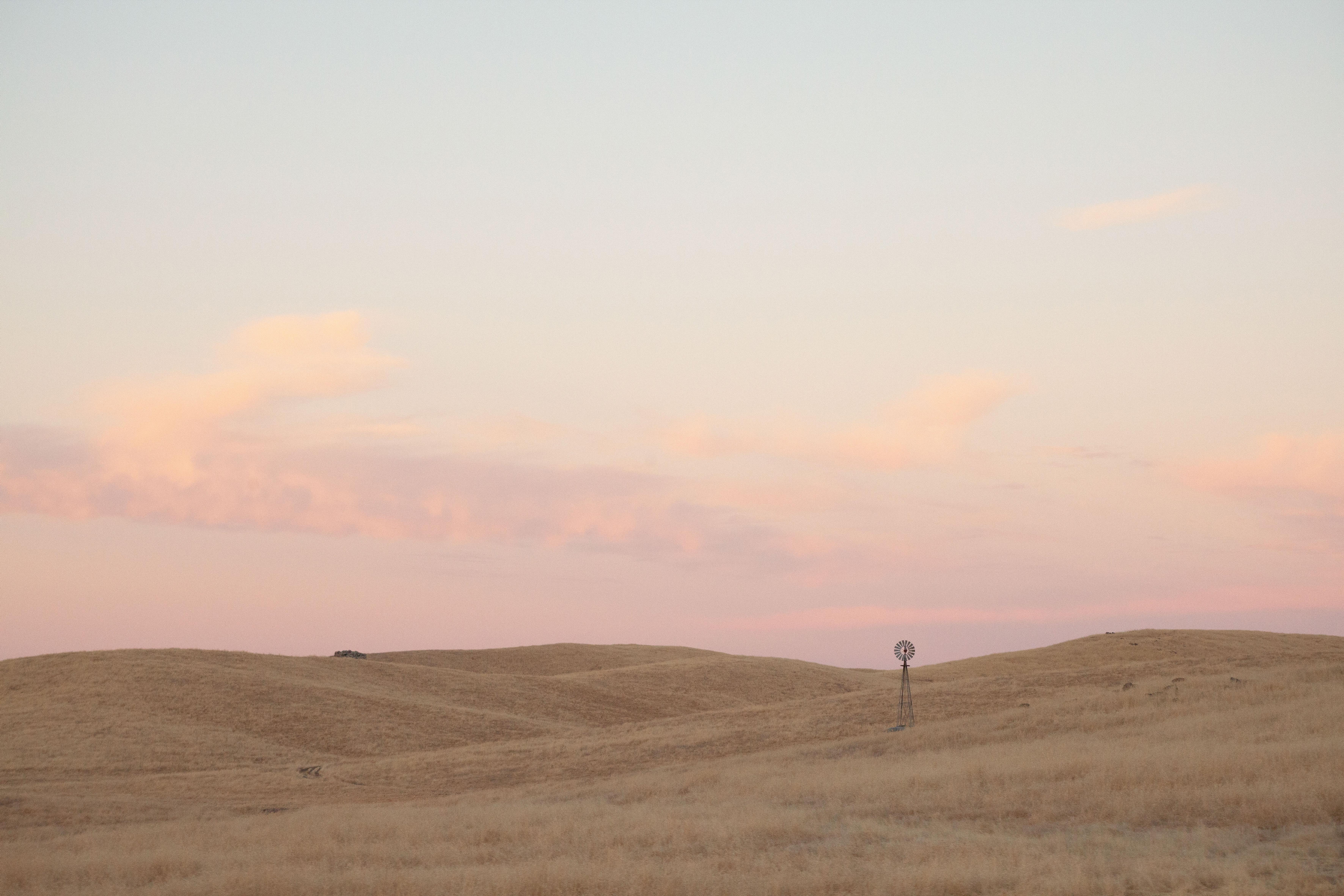
ABOUT THIS PACK


This pack is designed for teachers, English students or GCSE Drama students who may be watching Of Mice and Men in preparation for the live theatre section of the GCSE Drama written exam. You may also be interested in learning more about the process of making a production like this – the people involved, the research they do and the way a production is designed and realised.
This pack will help you understand the context of the story, and will give you an opportunity to learn about the themes, synopsis, characters, and the key production details such as the cast and creatives. There are suggested activities and prompt questions to help engage in the production, exploring key moments from the play, design elements, preparing for the GCSE Drama live theatre questions.
Steinbeck wrote the stage script in 1937, the same year as he wrote the novella. The synopsis is of the stage adaptation and not the novel. It may be worth reminding English students of these differences before they watch the production.
For any queries about how to use this pack, please contact Caroline Barth, Creative Learning Director on c.barth@derby.ac.uk.
MEET THE CAST

JEFF ALEXANDER CROOKS
Theatre credits include: Cymbeline, The Duchess of Malfi, The Fantastic Follies of Mrs Rich, Macbeth, The Lion, The Witch and the Wardrobe (RSC); Romeo and Juliet (Shakespeare’s Globe); Romeo and Juliet (West Yorkshire Playhouse); The Shawshank Redemption (Bill Kenwright UK Tour); Words (Bristol Old Vic); The Tempest, Of Mice and Men (Newbury Watermill); Henri Christophe (The Drum); Macbeth (lead), Pitch Black Othello (lead) (Vienna’s English Theatre); Living Under One Roof (Full Spectrum/Theatre Royal Nottingham); Talking Balls (Women and Theatre); Departure Lounge (Full Spectrum); The Thing About Shirley (Hackney Empire Bullion Room); Romeo and Juliet (Worcester Theatre Company); The Alchemist (Birmingham Rep/National Theatre);The Tempest (National Theatre); Ladies Night (Newpalm UK No.1 Tour).


TV and Film credits include: The Man With No Past (SP Media Group); Riches (Greenacre Films); Good Omens (BBC/Amazon); Doctors (BBC); Moving On (BBC/LA Productions); In the Dark (BBC Drama); Lucky Man (Carnival); Brief Encounters (CPL/ ITV); Suspicion: Shadow of Doubt (October Films); Ordinary Lies (Red/BBC); Last Tango in Halifax 3 (Red); Just Charlie (Seahorse Films); Hollyoaks (Lime Pictures Limited); In the Club (BBC/ Rollem Ltd); Hank Zipzer (CBBC); From There to Here (Kudos); Death in Paradise (BBC/France Televisions); Waterloo Road (BBC/Shed); Emmerdale (ITV); Weekend Love (BBC Plays); Sex Lives of the Potato Men (Devotion Films); Doctors (BBC); Macbeth (Illuminations/Channel Four); Noel’s House Party (BBC).
Radio credits include: Concrete Jungle (BBC Asian Network); Trauma (BBC Radio 4).

EMMA CHARLTON CURLEY’S WIFE
Emma trained at Laine Theatre Arts and has appeared in A Christmas Carol (2014), Cinderella (2015) and Alice in Wonderland (2016) at Derby Theatre, as a member of the Young Company, whilst also doing numerous youth theatre productions with Derby Youth Theatre. Emma is delighted to be returning to Derby Theatre as a professional!
Theatre credits include: Cinderella (Harlequin Theatre); Beauty and the Beast (Harlequin Theatre Big Top); Company (Laine Theatre Arts Studio Theatre).
JOHN ELKINGTON THE BOSS
John has worked extensively in theatre and is delighted to be back at Derby Theatre.

Theatre credits include: Holes (Fiery Angel/Children’s Theatre Partnership); One Man, Two Guvnors (Ipswich/Southampton); Queens of the Coal Age (Manchester Royal Exchange / New Vic); Robin Hood: Arrow of Destiny (York Theatre Royal); The Father, Meat Pie, Sausage Roll, Brassed Off, Starcross’d, The Road To Nab End, Me Mam Sez, An Evening With Gary Lineker (Oldham Coliseum); Noises Off (Nottingham Playhouse/No. 1 Tour); Dancing Through The Shadows (Hull Truck); Beryl, Twelfth Night (West Yorkshire Playhouse); The Seagull (Nuffield/Headlong Theatre); Carmen, The Yalta Game, Elegy for a Lady (Stephen Joseph Theatre, Scarborough); Dolly, A Right Old Song and Dance (New Perspectives); Kes, The Pros, Cons of a Screw (Derby Theatre); The Glee Club (Manchester Library Theatre); Great Expectations, Carmen (New Vic Theatre Stoke); People At Sea (Salisbury Playhouse); King Cotton (Lowry Theatre and Liverpool Empire); Return to the Forbidden Planet (UK Tour); April In Paris (Keswick Theatre By The Lake); Holes, The Cherry Orchard, The Importance of Being Earnest, Lady Bracknell’s Confinement, Of Mice & Men, Garage Band, Forever Young (Nottingham Playhouse).
John has also worked consistently in television appearing in several BBC, ITV and Channel 4 dramas. He can soon be seen in the much-anticipated new Sally Wainwright drama Riot Girls.
TV credits include: The Village, The Mill, The Syndicate, Oakfield, Our Zoo, Sunshine, Legless, New Street Law, Cold Blood, Shameless, Emmerdale, Family Affairs, Coronation Street, Hollyoaks, Quest III, 73 Million To One, The Illustrated Mum, The Royal, Playing The Field, Fat Friends, Real Men, Cold Feet, Heartbeat, The Quest, Sparkhouse, The Cops, City Central.

TOM FLETCHER CARLSON
Tom is a hard of hearing actor and theatre maker originally from Swindon. Theatre credits include: Oliver Twist (Tobacco Factory Theatres); Drac & Jill (Wardrobe Theatre); Little Women in Black (Wardrobe Theatre); Sherlock in Homes: Murder on Ice (Sharpteeth Theatre); Jellyfish (Intrepid Ensemble).
TV and Film credits include: Extraordinary (Disney+); A Woman Walks Into a Bank (Spanakopita/Penny 4).
LIAM KING GEORGE
Liam trained at LAMDA.
Theatre credits include: Romeo and Juliet (Shakespeare’s Globe); Macbeth (RSC); An Edinburgh Christmas Carol, Mrs Puntila and Her Man Matti (Royal Lyceum Theatre); A Christmas Carol (Pulp Rocket Theatre); Pinocchio, The Duchess of Malfi (Citizens Theatre); Blood Wedding (Up In Arms/LAMDA).
Radio credits include: Pow F*cking Pow (Audible).



AFTON MORAN WHIT
Afton Moran (They/Them) is a non-binary actor based in Edinburgh.
Theatre credits include: Ghost Off! (A Play, A Pie and A Pint); Ness (A Play, A Pie and A Pint/Sanctuary Queer Arts); Faun (Cardboard Citizens/ Theatre503/Alphabetti Theatre); Happiness Collectors (The Audio Story Company); Sex Education Xplorers (Independent Arts Projects/ Schwankhalle); 8:8 (Mercimax/Swiss Arts Council).
Film/TV/Audio credits include: BBC Bitesize Geography (BBC/Heehaw); Scottish Legends (Chocolate Films); Not Seeing Straight: Celebrating Queer Art and Lives (National Galleries of Scotland/Heehaw); 68 Months in Waiting: Scenes For Survival (National Theatre of Scotland/ BBC); Ghost Light (National Theatre of Scotland/Edinburgh International Festival); What I Know Now (BBC Social).
LAURENCE PEARS SLIM
Laurence trained at LAMDA graduating with a BA Hons.
Theatre credits include: Hold onto your Butts (Arcola Theatre); The Things We Do For Love (Old Laundry, Bowness-on-Windermere); Cornish, Hellish and Elfish (UK Tour); The Mousetrap (70th Anniversary UK Tour); Magic Goes Wrong (Vaudeville); Joking Apart, Better Off Dead (Stephen Joseph Theatre & 59E59, New York); Taking Steps, A Brief History of Women (Stephen Joseph Theatre); The Comedy About A Bank Robbery (Criterion); The Importance of Being Earnest, Wuthering Heights, The Comedy of Errors (Red Rose Chain); Peter Pan Goes Wrong (Apollo and UK Tour); The Play That Goes Wrong (Duchess): Brudermord (Sam Wanamaker Playhouse).

TV and Film credits Include: Nuremburg (Bluestone Entertainment); Ladies in Lavender (Scala Production); Wild West (BBC).
Laurence is Co-Founder of Jam First Theatre and Cornish Comedian of the Year 2024.

STEFAN RACE CURLEY
Theatre credits include: The Flea (The Yard Theatre); Fade (The Lowry/ Leeds Playhouse); Let the Right One In (Manchester Royal Exchange); Cherry Jezebel (Liverpool Everyman); Wendy and Peter Pan (Leeds Playhouse); Alice in Wonderland (HOME); Think (Theatre 503).
Film credits include: Fantastic Beasts: The Secrets of Dumbledore, The Batman (Warners Bros); The Gallery (Aviary Films); A Christmas Gift from Bob (Lionsgate/Studio Pictures).
TV credits include: Eric (Netflix); G’wed (ITVX/Golden Path Productions); Temple (Sky/Hera Pictures).
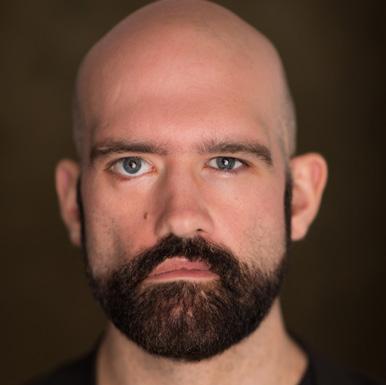
LUKE RICHARDS LENNIE
Luke studied Performance and Theatre at Salford University.
Luke recently completed touring across the UK/Scotland in adult panto, Jack Off the Beanstalk (Mecca Bingo).
Theatre credits include: Free Your Mind (Factory International); Steven Berkoff’s East (5064 Productions); Failure Studies (Precarious Theatre/ GM Fringe/ Camden Fringe); Nuns of Fury (Rocket Whip Productions); A Transgender Clown, A Frack Happy Tour (Switch MCR); Noir (Vertigo Theatre Productions); Underwater (Gare Du Nord Theatre); Bullingdon Revisited (Tambourgi Productions/ Edinburgh Fringe); From Heaven To Hell (As You Do Theatre Company); Hamlet (GM Fringe); The Polar Express Experience ( PNP Events/ Warner Bros); Santa & The Sugar Plum Rebels (Tarvin Sands Presents).
TV and Film credits include: Alma’s Not Normal (BBC); Disaster Dates 2 (CLJ Productions Ltd); Ringside (Black Card Productions/ Angry Troll Studios); John Wycliffe: Morningstar (Trinity Digital); The Stranger (Altered Stranger Productions/ Half Sun Entertainment); The Villain (Tanvi Films); The Spawning (Darkheart Productions); Creatives on The Couch (Sky Arts/ 360 foto TV); Frank Kafka’s Before The Law (Serious Feather); Mel’s Mascots (North 9 Media); Transfusion (Eeyar Productions); The Runner (MancMade Productions).
Radio credits include: Remember, Remember (Dead Evil Tales); The Banker, His Wife, The Boss, The Heavy... (MancMade Productions); Noir: The Radio Version (Vertigo Theatre Productions).
BENJAMIN WILSON CANDY
Benjamin Wilson is a blind actor, director and audio description consultant. He spent five years as the Ramps On The Moon Agent For Change at Sheffield Theatres and has recently completed 15 months as Trainee Artistic Director at Extant. He also co-founded both theatre company Brick Wall Ensemble and creative audio description company Hear The Picture.
Theatre credits include: Much Ado About Nothing, Guys and Dolls (Sheffield Theatres); Lord of the Flies, Macbeth, Oliver Twist, Road (Leeds Playhouse); Three Billy Goats Gruff, Chicken Licken (Derby Theatre); Midsummer Night’s Dream (Royal Shakespeare Company); Anthony and Cleopatra (Shakespeare’s Globe); Unseen (Extant); Henry 5, Meic On The Mic (Brick Wall Ensemble).

In 2023, he was awarded a commendation at The Sunday Times and National Theatre’s prestigious Ian Charleson Awards.

WILIAM YOUNG LENNIE
Wiliam trains with Hijinx Academy in North Wales - the only professional performance training for learning disabled and or autistic actors in Wales.
Wiliam has played Lennie twice before this production, once with August 012 in Cardiff, and then with Birmingham Rep. His performance with Birmingham Rep earned him a nomination for Best Performance in a Play at the UK Theatre Awards.
Theatre credits include: Of Mice and Men (Birmingham Repertory Theatre & August 012); Mission Control (Hijinx & National Theatre Wales); Royal College of GPs Conference, Butterfly Detectives, SOUP (Hijinx); BOHO (Hijinx & Theatr Clwyd).
Recently, Wiliam performed in Enter the Robots with Hijinx Theatre and filmed Bariau for S4C and Rondo Media playing the role of Jac.
Wiliam is thrilled to be revisiting the role of Lennie commenting “It’s like saying hello to a dear old friend”

PRODUCTION PHOTOGRAPHY






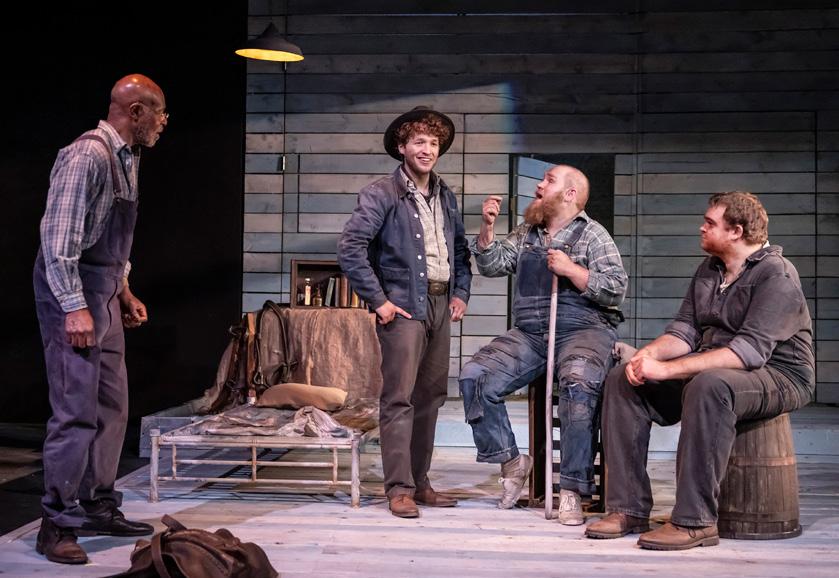

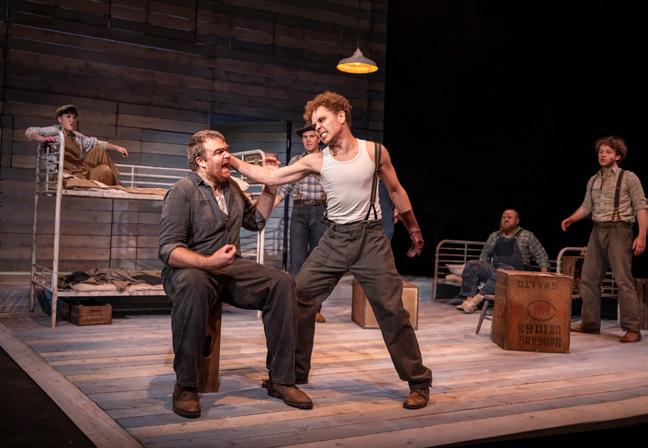
















Photography by Pamela Raith and Graeme Braidwood
SYNOPSIS
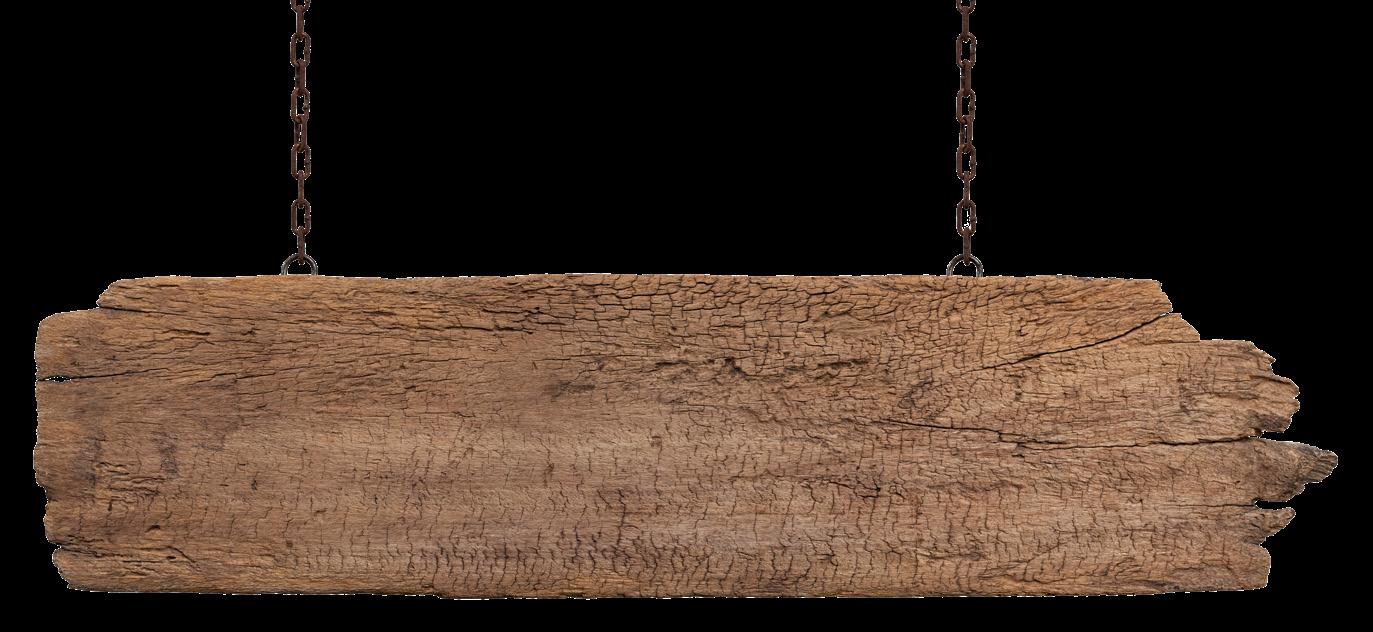
Of Mice and Men is centred around two itinerant workers, George and Lennie who are travelling and working across different places in California. It is set in the 1930s against the backdrop of the United States’ catastrophic economic downturn, known as the Great Depression. Amongst the worst-hit were the agricultural workers of the American West, many of whom were left homeless and wandering for work.
As the play begins, George and Lennie are just about to start work on a new ranch in a place called Soledad (a Spanish word meaning ‘solitude’). Whilst at the ranch, George and Lennie meet the other “guys” they work with: Slim, Carlton, Whit and Candy who live with them in the same bunkhouse. Despite the fact that they live and work together, Steinbeck puts a great deal of emphasis on the loneliness of these men.
George is sharp-witted, with a gruff-exterior but who is devoted to his friend Lennie, a large, kind man who is learning disabled. For their last night of freedom before they start their new job the next day, George suggests: “Tonight I’m gonna lay right here an’ look up!”. In this moment, their solitude is welcomed.
Interestingly, given the seismic scale of the events that unfold, the whole story takes place over a period of four days, starting on Thursday evening and ending on Sunday. Lennie’s strength becomes

increasingly problematic throughout the story as it becomes clear that he does not understand how much damage he can cause.
At several points during the novel, the two men discuss their dream of owning their own ranch and working for themselves, but this is shown to be impossible as by the end of the book Lennie has accidentally killed a woman and George’s only option is to shoot him before he is caught.
Steinbeck, who lived in Salinas, California, was appalled by the terrible suffering of the homeless and starving families he saw around him. Steinbeck saw that those with money and land were partly causing this poverty, due to their deliberate exploitation of the cheap labour provided by the migrant workers. He wrote Of Mice and Men in part to this exploitation and in the story, this is embodied by the boss and his son, Curley. Of Mice and Men helped to persuade America’s political leaders to provide more aid to the people left destitute by the Depression.
We tell this story today to shine a light on the fact that, whilst the bosses may be different and now include global companies, the exploitation still continues.
ABOUT THE WRITER
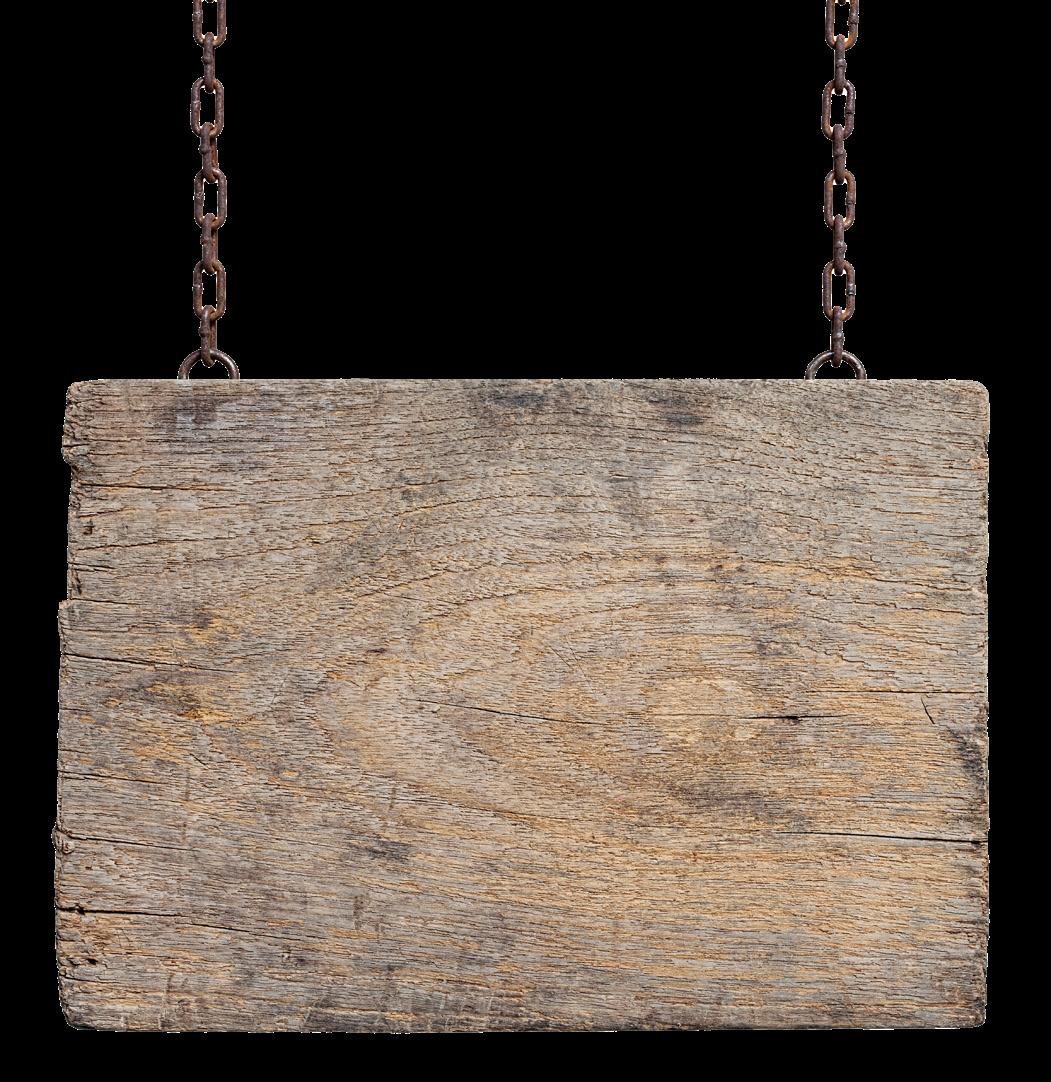
John Steinbeck (1902-1968) was born in Salinas, California and came from a family where money was tight. He worked his way through college at Stanford University but never graduated. In 1925 he went to New York, where he tried for a few years to establish himself as a free-lance writer, but he failed and returned to California.
Steinbeck was inspired to write Of Mice and Men (1937) following his experiences as a bindlestiff, or itinerant worker, during the Great Depression. Also echoing his real life, was the fact that he was a lifelong dog lover and they often feature in his writing, including in this story, with the heartbreaking shooting of Candy’s dog. Steinbeck also served as a war correspondent during World War II, reporting on events such as the D-Day landings.
Steinbeck’s writing often explored themes of social justice, human struggles, and the impact of economic hardships on ordinary people. He gained widespread acclaim with his novel “The Grapes of Wrath,” published in 1939 and which also takes place during the Great Depression. It earned him the Pulitzer Prize for Fiction.


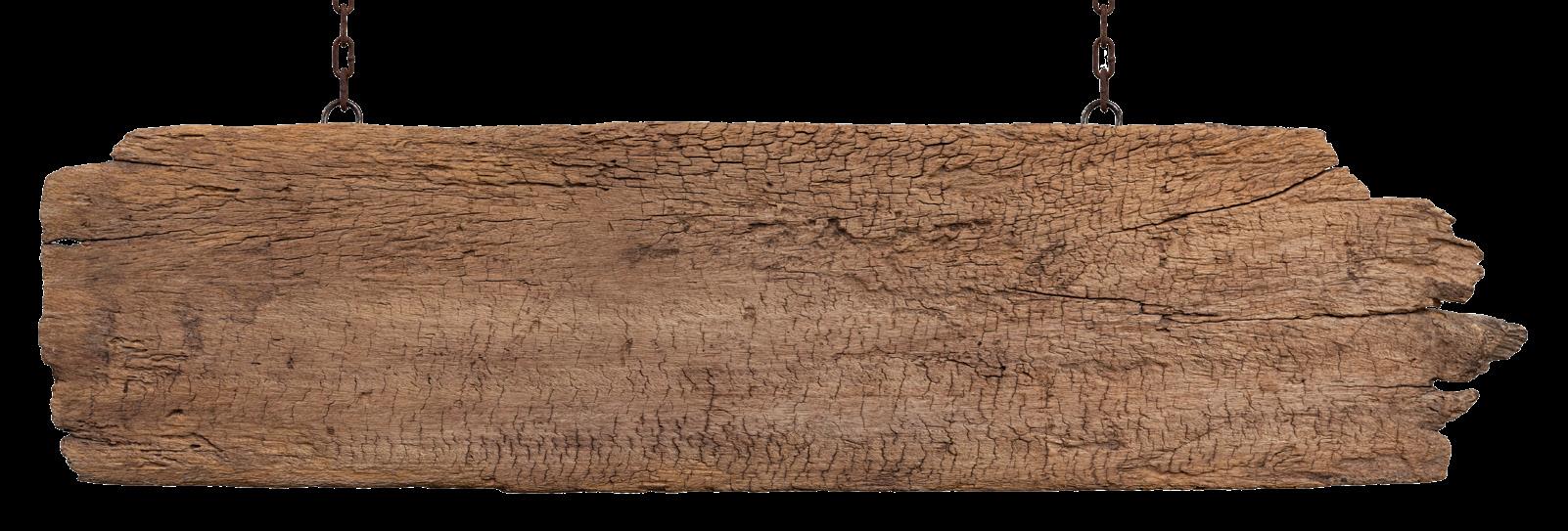
DIRECTOR’S NOTES BY SARAH BRIGHAM

John Steinbeck’s Of Mice and Men is a seminal piece of work whose content and themes reverberate through time� He often chooses to centre his writing on the marginalised and outcast, and at the centre of this story is Lennie and George; a brotherhood of love and friendship� Surrounding these two men is a world in which the system is bearing down on all of the characters in turn, ruling them by division� Identity politics are used as a way to keep these working people apart, ensuring they never rise up against the system� This system keeps black against white, man against woman, nondisabled against disabled� It is a story which feels very current in today’s climate
It felt crucial to unpack the themes of this world carefully for our audiences and so I began with the casting – our actors have lived experience of the barriers facing the characters, and this brings fresh light to the interior world of the people of this time which Steinbeck gives us. It has also made for a joyful rehearsal room where we can discuss these themes with real integrity and authenticity. Huge thanks also to Ibraheem Toure, who alongside our production, has developed a really thoughtful education package so schools and young people can access the themes of racism, ableism, misogyny and masculinity in a way that is empowering and inclusive.
Throughout the play, each of the characters is changed for the better by meeting Lennie – his childlike innocence helps expand their horizons and broadens their understanding of themselves and what might be possible. Steinbeck wrote “When two people meet each other, so you’ve got two new people” and we hope that after spending some time in the presence of these characters you feel able to approach the world anew, maybe with a little more empathy, a little more understanding.
Sarah Brigham Director




THE CHARACTERS
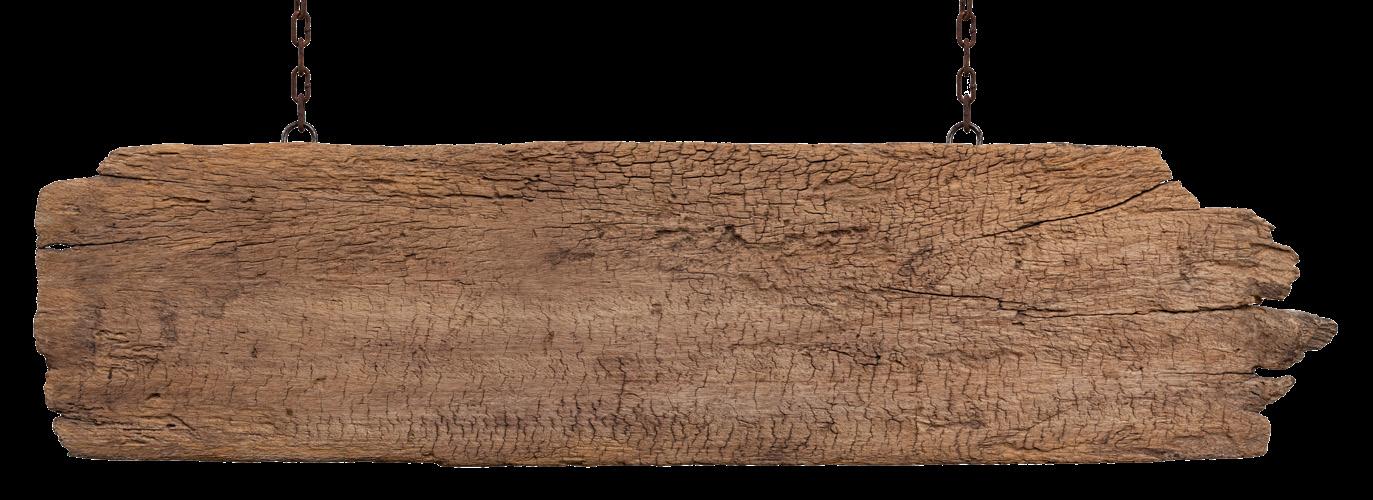
LENNIE



A kind and optimistic man whose extraordinarily strength is valued on the ranches where he “bucks barley” (packages and lifts the large bags of grain). He grows up with his Aunt Clara and at that time meets George. When his aunt dies, Lennie depends upon George, his friend and traveling companion, for guidance and protection. This reinforces Steinbeck’s messages about the importance of communal care and the lack of it at the time.
A gentle and sympathetic character, Lennie nevertheless does not understand his own strength. His love of petting soft things, such as small animals, dresses, and people’s hair, leads to disaster.
We cast two learning-disabled actors to play the part of Lennie.

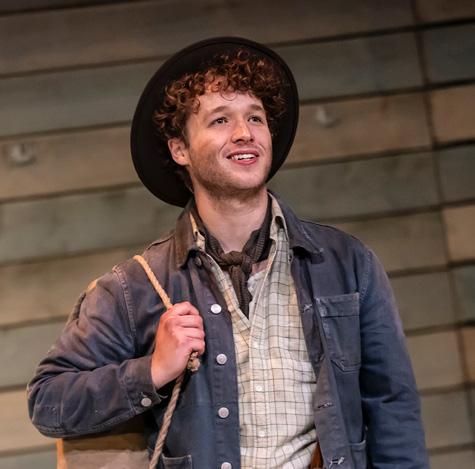
CANDY
GEORGE


A small, quick-witted man who travels with, and cares for, Lennie. Although he frequently speaks of how much better his life would be without his caretaking responsibilities, George is obviously devoted to Lennie. George’s behaviour is motivated by the desire to protect Lennie and, eventually, deliver them both to the farm of their dreams. We can also see that George has grown as a person throughout his time with Lennie. We hear that as a younger man, George has thrown Lennie in the river and looked down on him. When the play starts, whilst he can “give Lennie hell”, he is respectful of his kindness and abilities. George’s character represents the idea of responsibility and the American Dream. But despite his determination to work hard and save his money, he remains trapped at the bottom and through his struggle, Steinbeck questions the idea of the American Dream.
Candy is an elderly “swamper” in charge of odd jobs around the ranch and cleaning the bunk house. In the original story, he is missing a hand after losing it in an accident at work years ago. In our production, Candy’s accident has made him blind and we cast a blind actor to play the part, ensuring the authenticity of this role. When we meet him, Candy is deeply attached to his old dog, who he’s raised from a pup. Candy’s attachment to the dog represents his own fears about being too old or disabled to be useful or wanted. The fate of his dog, which Carlson shoots in the back of the head supposedly as an act of mercy, foreshadows the way Lennie is killed.
When Candy overhears George and Lennie discussing their dream to one day own their own piece of land, he offers to give them a large sum of money he received as a settlement for his injury if they allow him to join them on the farm and for the first time, he has hope. Ultimately, Candy is left alone and despondent on the ranch after the others go after Lennie and we are left feeling that Candy’s sense that he is no longer of use will come true.



CURLEY’S WIFE
The only female character in the story, Curley’s Wife is never given a name and is only mentioned in reference to her husband. The men on the farm refer to her as a “tramp,” a “tart,” and a “looloo.” It could be said that Steinbeck generally depicts women as troublemakers who bring ruin on men and drive them mad.
Curley's Wife is certainly seen by the men as a temptress in the red shoes. In our production, although she always goes where she’s not wanted, Curley’s Wife is probably even more lonely than the men, who at least have each other.
She is always looking for someone to talk to because Curley clearly treats her as a possession and so even when he with her, he provides no company. Like the men, she is desperately lonely and has broken dreams of a better life.


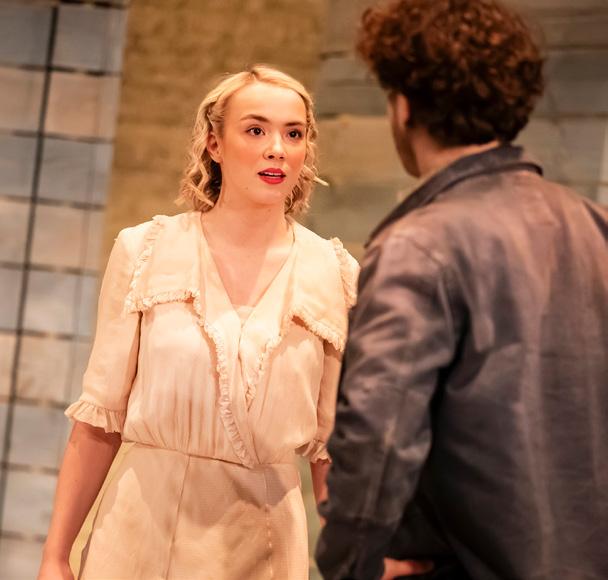
SLIM
Slim is a highly skilled mule driver and as such has a higher status, that of “prince” of the ranch, Slim is the only character who seems to be at peace with himself. The other characters often look to Slim for advice. For instance, only after Slim agrees that Candy should put his old dog out of its misery does the old man agree to let Carlson shoot it. A quiet, but strong and insightful man, Slim alone understands the nature of the bond between George and Lennie, and understands what George must do at the end of the play.

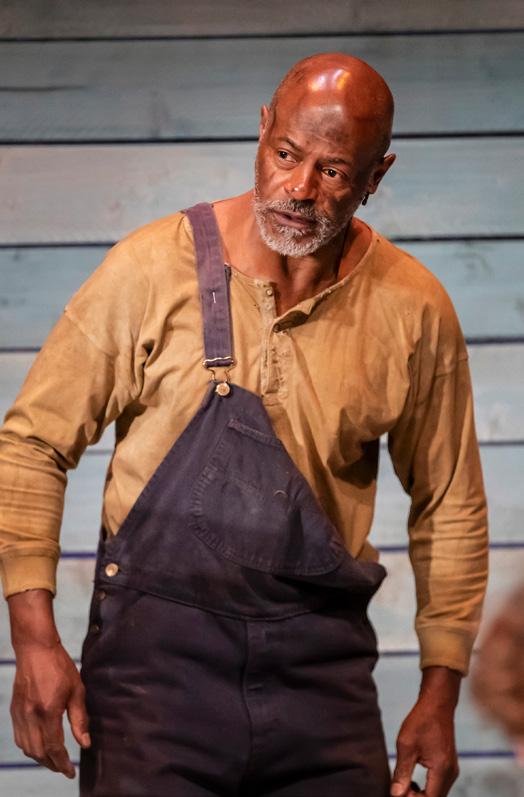
CROOKS
Crooks is an African American stable-hand who suffers active and passive discrimination throughout the play and is isolated from the other men because of the colour of his skin. He is lively, proud and quickwitted. Despite himself, Crooks becomes fond of Lennie, and although he laughs at Lennie and claims to have seen countless men following empty dreams of buying their own land, once he hears that they have nearly got the all the money and sees for himself that George isn’t like other guys, he too starts to believe in their dream. He asks if he can come and live with them and help out.
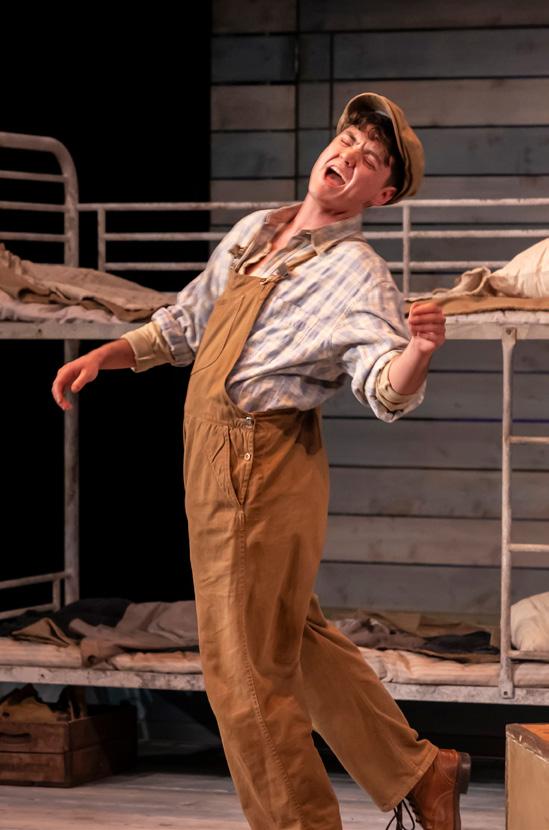
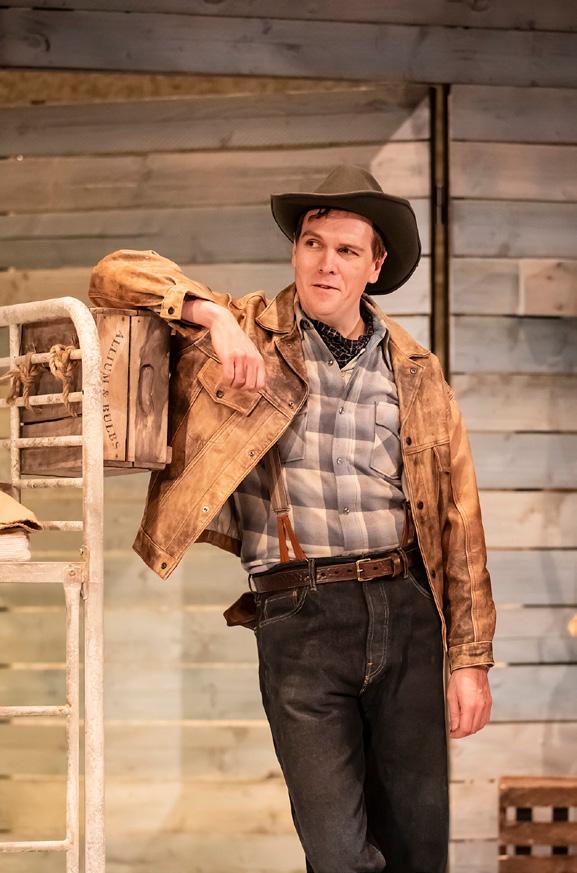

WHIT
Whit is another of the labourers on the ranch where George and Lennie work. Whit often finds the fun in a situation, and shares stories about nights out where he spends time and money in the town’s brothels. He seems to seek out and enjoy any drama or tension on the ranch. In our production, Whit is played by a non-binary actor and the director and company researched the fact that nonbinary people did work on the ranches back in the 30s.
CARLSON
A ranch-hand, Carlson is the least sympathetic of all the men in the bunkhouse. He has no empathy and complains bitterly about Candy’s old, smelly dog and finally convinces Candy to put the dog out of its misery and shoots the dog in the back of the head. Whilst his behaviour may be seen as pragmatic and embodying the hierarchical nature of life on the ranch, he acts selfishly and lacks emotional intelligence when it comes to understanding the relationship between Lennie and George. Later, George uses Carlson’s gun to shoot Lennie.


THE BOSS
The boss of the ranch, and Curley’s father, he is never named and not seen often. He manages the ranch with a firm hand; his son tries to occupy this space of high-status and control but fails. The other men describe the Boss as a fair-minded man who once delivered a gallon of whiskey to the ranch-hands on Christmas Day.
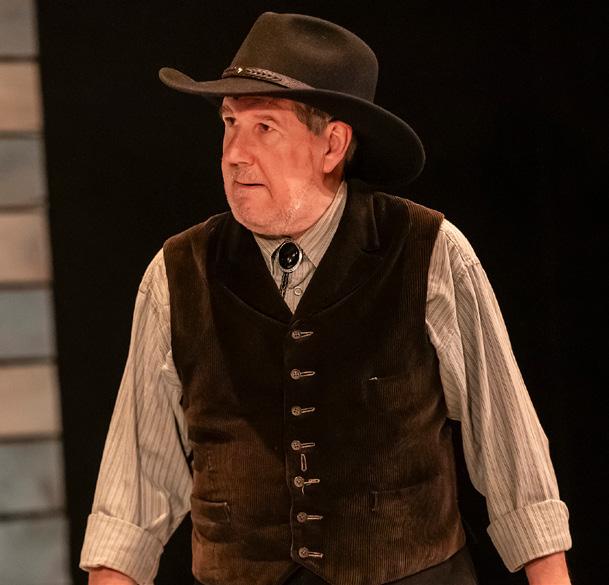



CURLEY
Curley, the boss's son is cruel and selfimportant, but insecure. He represents the land-owning classes and wears clothes that he sees as distinguishing himself from the lowerclass field hands. Rumoured to be a champion prizefighter, he is a confrontational, meanspirited, and aggressive young man who seeks to compensate for his small stature by picking fights with larger men. Recently married, Curley is plagued with jealous suspicions and is extremely possessive of his young and beautiful wife.



THEMES OF THE PLAY
AND HOW WE HAVE APPROACHED THEM IN THIS PRODUCTION
1. THE AMERICAN DREAM: HOPE VS. REALITY
Steinbeck presents the American Dream as an illusion, particularly for the working class. George and Lennie’s dream of owning a piece of land represents a deep desire for independence and security, something that is nearly impossible for itinerant workers during the Great Depression. This idea of class division and discrimination against certain communities is something that our production was keen to explore within the historical context of the play but also to make audiences think about how people being divided by identity politics has not gone away in today’s America or here in the UK
How it’s explored in the play:
George and Lennie repeatedly discuss their vision of a small farm, symbolizing their hope for a better future.
Candy and Crooks momentarily believe in the dream, showing how desperate they are to escape their own bleak realities.
The dream ultimately collapses when Lennie accidentally kills Curley’s wife, revealing that economic and social forces make such dreams nearly impossible for people like them. How it’s been developed in our production:
The use of projection augments this theme in the production. Projection of waving barley, speaks to the dream of owning one’s own plot of land and how through this, the people at the very bottom can achieve agency and freedom. The use of this, paired with the poignant, slide guitar music theme, takes the audience to that little farm, along with Lennie and George, making it even more devastating, when we see that their dream was never achievable.
The natural and simple set, serves as a neutral backdrop, highlighting the contrast between nature’s tranquillity and the harsh realities of human existence.
2. FRIENDSHIP AND LONELINESS
The novel explores the rare friendship between George and Lennie against the backdrop of widespread loneliness. Most of the characters live in isolation, longing for connection but unable to find it.
How it’s explored in the play:
George and Lennie’s companionship is unusual among ranch workers, who typically travel alone. Their friendship provides emotional support, but George also bears the burden of protecting Lennie.
Crooks, Candy, and Curley’s wife each reveal their deep loneliness. Crooks, as an African American man, is segregated and discriminated against; Candy, as an old worker, fears being discarded; Curley’s wife is trapped in an unhappy marriage.
The novel ends with George alone, emphasizing the inevitability of isolation in this world.
How it’s been developed our production:
The Director and actor researched the age of the character and through Steinbecks letters and the circumstances of the time agreed she would be 17. They discussed the fact that no-where in the play does the character actually exhibit “tartish” behaviour this is just the way the men describe her. She is a young girl facing abject loneliness and violence from her husband and father in law.
Steinbeck suggests that loneliness is an unavoidable part of life for those who are different or powerless.
The novel contrasts George and Lennie’s bond with the isolation of others, showing that relationships can provide comfort but also create vulnerabilities.
3. POWER AND POWERLESSNESS: A HIERARCHICAL SOCIETY
The play examines different forms of power—physical, social, racial, and economic—and how those who lack power are often mistreated.
How it’s developed in the play:
Physical Power: Lennie is physically very strong but his learning disability and childhood trauma make him vulnerable. His love of soft things may relate to his memory of childhood with his aunt, who always gave him soft things to pet, including a piece of velvet, which Lennie treasured until he lost it. In our production, there is a poignant moment, just when Lennie has accidentally killed the puppy, when he realises that the puppy is the same size as the lost piece of velvet. His strength leads to tragic consequences.
Social and Economic Power: Curley, as the boss’s son, abuses his authority, picking fights with those who can’t fight back. The other ranch hands fear losing their jobs, keeping them submissive. Candy knows that, as a disabled older man, his usefulness is coming to an end, and, like his dog, he will not be needed much longer and fears what might happen to him.
Racial and Gender Powerlessness: Crooks, as an African American man, is excluded from social interactions and treated as inferior. Curley’s wife, as the only woman, is not afforded a real identity and is dismissed and even hated by the men.



How it’s been developed in our production:
Steinbeck critiques a world where power is based on strength, money, and social status, leaving the weak vulnerable to exploitation. The director felt that it was important to produce a show like this because the same exploitation continues today.
There were different discussions in the rehearsal room regarding the power relationships between the characters, particularly in relation to Lennie and George has power over Lennie in many ways but ultimately, he is not able to control him and the lack of care in the system at the time, leads to Lennie’s demise.
The production shows how those at the bottom—like Crooks, Candy, and Lennie— suffer the most from this imbalance.
4. FATE AND INEVITABILITY: THE ILLUSION OF CONTROL
From the beginning, the play foreshadows that Lennie and George’s dream will not come true, both with the incident of the girl in the red dress when George and Lennie are in weed and with the petting of the dead mouse, suggesting that their fates are predetermined. How it’s developed in the play:
The play is cyclical in structure, starting and ending with the two friends down by the river, suggesting the inevitability of their fate.
Lennie’s pattern of accidental violence (the mouse, the puppy, Curley’s wife) foreshadows the tragic ending.
George knows deep down that their dream is unlikely, but he clings to it as a way to keep hope alive.
Significance in our production:
The set design is deliberately simple in its aesthetics, aiming to make the actors telling the story to stand out. It is also intended to look like a book, emphasising the literary nature of these epic themes like fate and inevitability. Steinbeck presents fate as an unstoppable force, making the characters’ struggles feel tragic but unavoidable. They cannot escape their story.
The novel suggests that no matter how hard they try, some people will never escape their circumstances, which is the opposite to the notion of the American Dream.
5. DISCRIMINATION AND PREJUDICE: SOCIAL BARRIERS
The novel highlights the cruel ways society isolates people based on race, disability, and gender.
How it’s developed in the play:
Racial Discrimination: Crooks is forced to live separately and is constantly reminded of his inferiority. His brief hope of joining George and Lennie’s dream is quickly shattered.
Disability Discrimination: Lennie’s learning disability makes him vulnerable, while Candy’s physical disability makes him fear becoming useless.
Gender Discrimination: Curley’s wife is defined only by her relationship to her husband. She is lonely and craves attention but is dismissed as trouble.
Steinbeck criticizes how society devalues individuals based on their differences.
The play shows how discrimination prevents people from forming meaningful connections, keeping them isolated and powerless.
Significance in our Production:
There were many discussions in the rehearsal room about the use of the racist language in the text. We worked with a Creative Associate and Dramaturg, Ibraheem Toure, who supported the production to stay true to the intension and power of the piece without using the original language, which has a much greater potency and therefore power to harm than it would have had when it was written. (Please see separate article written by Ibraheem Toure.) There was an awareness too, of the younger audience to whom this production is directed and that teachers need to prepare their students for the racist language before studying the book or watching the play. The use of the term “coloured” is still offensive and therefore does not sanitise the racism but reminds us of the othering and racist behaviour and actions Black people had to endure.
Sarah Brigham, the director of the show, made some very conscious decisions around casting, giving parts to people with lived experience that matched some key circumstances that their characters are in, including being phsically and learning disabled. The production uses dynamics on stage to underline this theme:
The blocking in act 2, sc 2 in Crooks room deliberately isolates him from the other characters in his own space.
There is a movement section at the start of act 2 which is reminiscent of the lynching culture and fear Black people were subjected to at this time.
There moments in the play where the blocking and interaction clearly puts Crooks in a lower social positionfor instance when Curley’s wife backs him into a corner.
CONCLUSION
Through these themes, Steinbeck presents a bleak but realistic view of life during the Great Depression. The novel suggests that:
The American Dream is often unattainable.
Loneliness and isolation are widespread.
Power structures keep the weak oppressed.
Fate and external forces determine people’s lives.
Discrimination prevents equality and connection.
Violence is an inevitable consequence of power struggles. The play’s ending, with George forced to kill Lennie, serves as the ultimate commentary on these themes— no matter how much they try, some people are doomed by circumstances beyond their control.


INTERVIEW WITH THE DIRECTOR



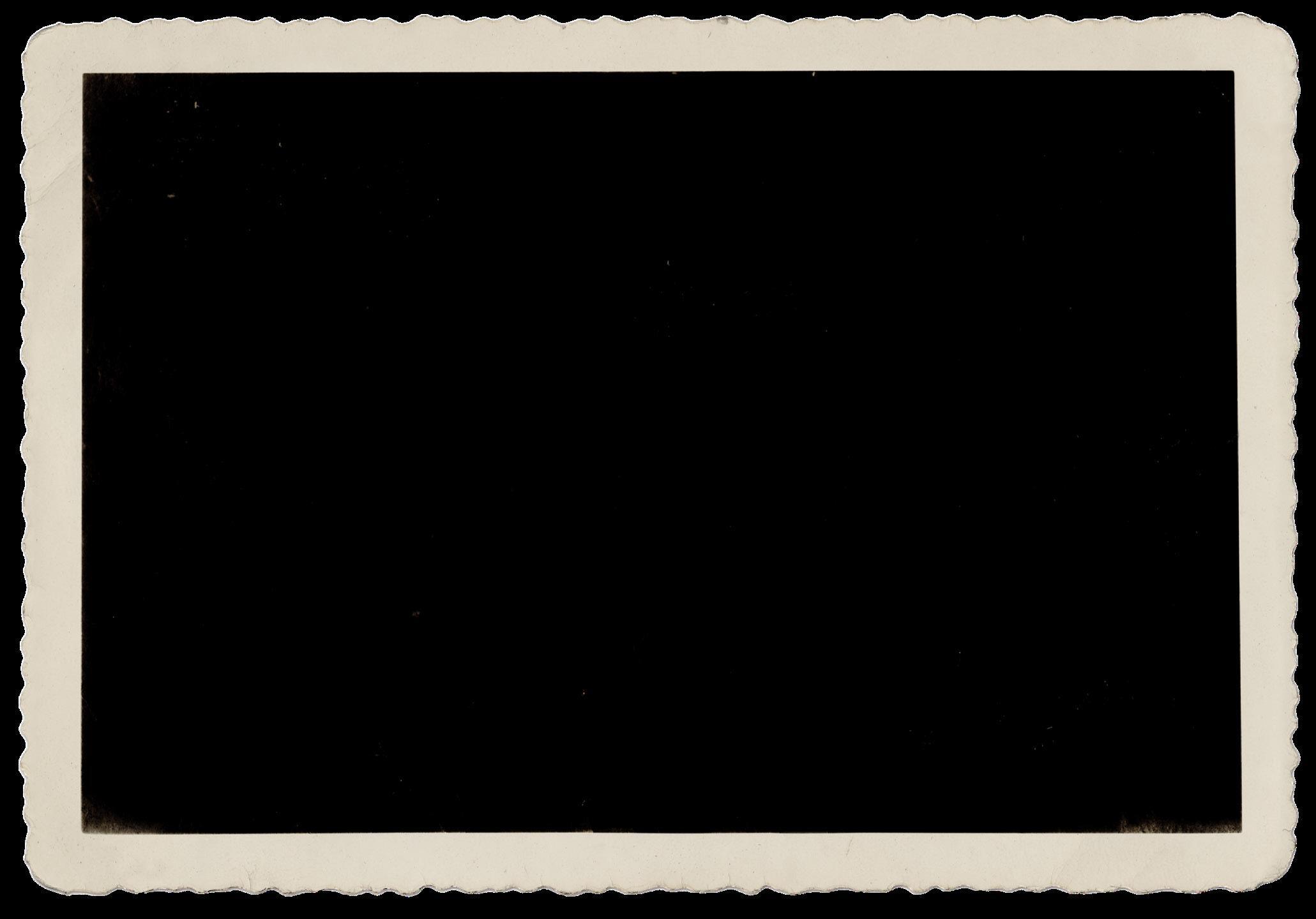

SARAH BRIGHAM
CREATIVE CONSULTANT AND DRAMATURG, IBRAHEEM TOURE INTERVIEWED BY CAROLINE BARTH, CREATIVE LEARNING DIRECTOR, DERBY THEATRE

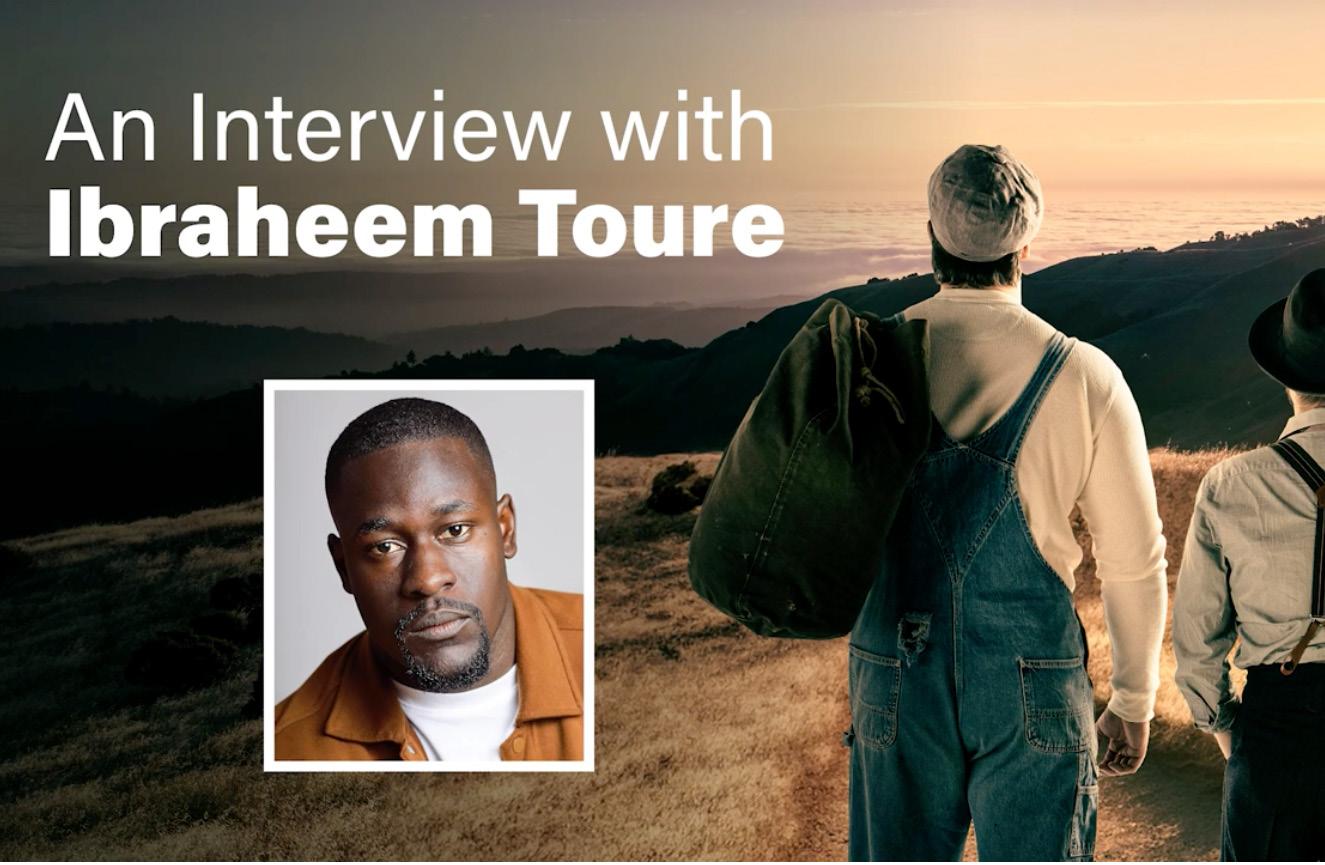


THE POWER OF LANGUAGE IN THE PLAY
BY
IBRAHEEM TOURE

“And this belief on stage must go from scepticism to possibility to probability before it is nipped off by whatever the modern word for fate is”.
Of Mice and Men by John Steinbeck is considered one of the great American Classic plays that depicts the challenges of America in the 1930s. The play was written based on the experiences Steinbeck observed as a teenager working alongside migrant farm workers and even makes reference to the observational style in the alternative title “Something that Happened”. As a result of this style, the play presents the harsh realities of America at the time and the impact for the working class.
The American Dream is a major theme within the play as it behaves as the vehicle for social mobility. Each character on the ranch wants to leave and manifest their Dream. The Dream is a symbol of the New World; a land of opportunity, liberty and freedom. Steinbeck is clear that the Dream for each character is a tangible impossibility in order for the dramatic tension of the play to be successful. The play becomes a collision of individuals navigating living and working together under not only intense conditions but also with their own prejudice. We see these prejudices develop into discrimination through Ableism, Racism and Misogyny.
Within the story Steinbeck highlights how the survival of this cruel and unrefined America pushes people to the edges of society and discriminates against them because of their protected characteristics.
Crooks, an African- American Stablebuck, experiences Racism and segregation amongst the other workers.
Curley’s wife is both verbally and physically abused and experiences Misogyny from all the men on the ranch.
Lennie and Candy face Ableism in the way they are spoken about and othered, often in reference to how useful they are.
At the time, (1930), the language we now define the actions of the characters as was not as readily available. Understanding the Ableism, Misogyny and Racism inherent at the time was not as widely critiqued and this is where the play comes under scrutiny when studied in a modern classroom especially in the UK. The play doesn’t openly advocate against these actions and doesn’t have a voice that stands for the justice of the marginalised characters. That’s because we as the audience, readers, listeners are the missing character who must advocate for the change. The play is challenging because it
is honest and refuses to give us as an audience a chance to deny the reality of the world we are living in. Unfortunately, the resonance of the play is not because it is a historical reenactment, but it is because many of the situations for marginalised and working class people are still occurring and the essence of their plight for opportunity is still present for many today.
SENSITIVE LANGUAGE
The use of discriminatory, racist, sexist and ableist language is prevalent and seen throughout the play. It is impossible to approach this play without preparation for this and an understanding of our personal responses to it. The language serves as an insight into many of the deep rooted prejudices found in America at the time and in some cases still found today. With this language, Steinbeck reveals the prejudice of each character most of which are justified by the law at the time. The prejudices people carry are an insight into their history and background. If Steinbeck did not include these, he would have been writing an inaccurate representation of the America he was experiencing and how people were responding to changing times. What Steinbeck presents us with are the grey area of being human and the dichotomies that can exist within ignorance.
In order to work, study or approach the text, we must first prepare for the language we may encounter. We must treat the language as a physical part of the text that holds weight and meaning and changes the atmosphere in the room - be that a rehearsal room or classroom. In this section I am going to briefly outline the difficult language and how we will approach it throughout the rest of this article.
Language Meaning / Context
Nigger
“Nigger” is a word that has been used to dehumanise Black people, particularly those who had been traded in the Trans-Atlantic slave trade and sold as property and labour force. Now coined as “the N-Word”, the language carries a long, cruel and violent history of enslavement, destruction and brutalisation for Black people, especially the diasporas found in America, Britain and the Caribbean.
* For the rest of this article we will refer to this word as the “N-word” or “N****r
Tramp Tramp is American English Slang for a woman who is seen as sexually “promiscuous”. Whilst the word has come out of popular slang, women still face “slut-shaming” which is an act of misogyny.
Nuts, Crazy, Cuckoo
Nuts, Crazy and Cuckoo are used interchangeably when discussing Learning Disability in the play. These words are recognised as Ableist as they suggest an inferiority for neurodivergent or learning disabled people.
Category
Racist Language
Misogynistic Language
Ableist Language
APPROACH TO LANGUAGE IN THE
REHEARSAL ROOM
As a creative team during this process, Sarah Brigham (Director) and I had many conversations around the impact of the language for not only the audience but also for the creatives working on the project. It is important to note that Sarah intentionally wanted to have a representative and inclusive company on this project so that the work was informed by lived experience. The preparation for this was imperative to create a rehearsal room that was safe not only to work in but also to express things that were uncomfortable. For reference here are the working agreements established in the rehearsal room.
THE N-WORD
One of the key conversations that we had to navigate was around the use of the N-word in the play which has historically been a hot topic when approaching the play for schools and young people. The N-Word is universally recognised as a slur and racist language, due to the historical context for Black people, particularly African-Americans. The context of the language being a slur means that it can be an extremely visceral and “explosive” trigger when it is used especially in the theatre.
For the intentions and purpose of the project, an early decision had been taken to adapt the language to another word so as to provide a safeguard for both audiences and actors. However, on a creative level, we had discovered the change of language had repercussions for the actor playing Crooks as he felt it downplayed the extremity of the racism that Crooks encounters.
The N-word is used to describe Crooks 7 times by Candy (which indicates his racist views) but also used by Crooks when he refers to himself. In this context, we can be sure that Crooks is not empowered by using the N-word as could be argued in modern situations but is in fact self-admonishing.
The conversation that we navigated first with Jeff (playing Crooks) and then with the wider company was first to establish what the weight of the language was at the time and how it translates now for modern audiences. We felt that the impact of using explosive language would detract from the acts of racism and the degrading ways in which the other men on the ranch describe him. We wanted to unpack the nuanced segregation found in the text that is more recognisable in today’s society. Dramaturgically, I offered the use of the phrase: “Coloured boy” as a replacement to N****r as it still has a dehumanising quality within the world of the play. Changing this language is quite a common approach to the play with the last production in Birmingham also doing so. Steinbeck also states in his letters when the play was being adapted for a touring show, that the language could be changed to suit audiences. This approach is important to note, as Steinbeck is aware that the discrimination does not only lie within the words written but, in the behaviour, played. We unpacked the nuances of Candy really relishing the telling of how the men attacked Crooks at Christmas, and admitting the fun of seeing him effectively be set up. By drawing out these elements, we created a world for Crooks that justified his fear of the men on the ranch. As an African American man, Crooks is aware of his proximity to being lynched, accused and scapegoated at any moment. We see this in the line “you shouldn’t be in a coloured man’s room” as he tries to distance himself from Curley’s Wife. As a company we agreed to honour these more nuanced moments and create the same level of hatred that is carried in the use of the N-word.
Another important conversation that was navigated is the violent treatment towards Curley’s Wife. It was important for the production to give her agency in her behaviour and not become an object to the story of desire.



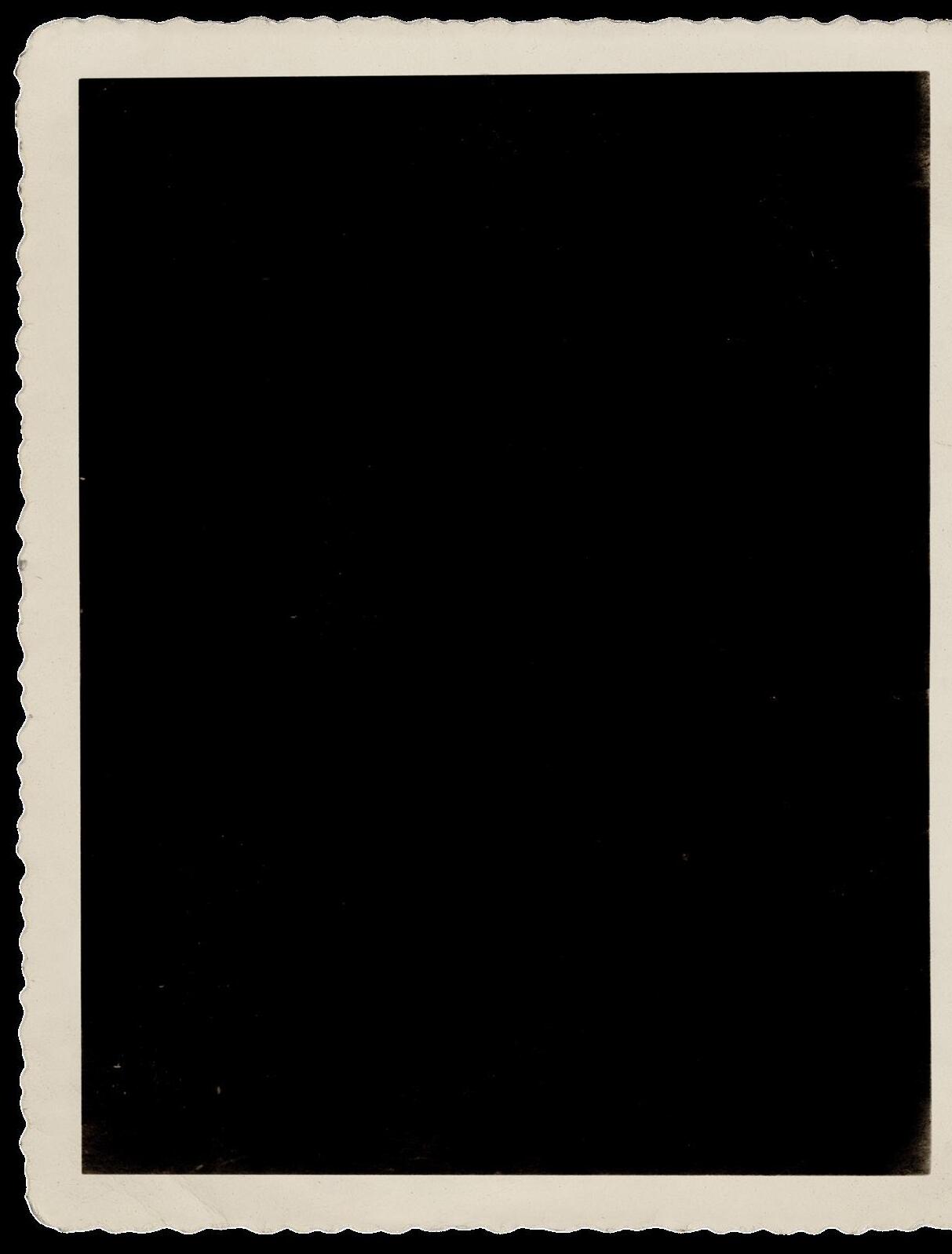
APPROACHES FOR THE CLASSROOM
From being in the rehearsal room as a creative, I have identified the practices that could be applied to the workshopping of the play in a classroom. Whilst the learning space will have predefined working practices, the rehearsal room allows space for group discussion and evidence-based conversations. The key takeaway from this is how we can activate the text and engage from a space of curiosity.
Act 2 Scene 1, which is set in Crooks’ room serves as a really interesting moment in the play to explore what discrimination is embedded in the social rules on the Ranch. The exercises below should be treated as exploration of how the small moments compound to create a narrative for each character ultimately defining their isolation.
EXERCISE 1 - PLAYING WITH SPACE
1a.
Ask young people to stand in a circle. They are going to choose one person to be their bomb and one person to be their shield. They won’t say who!
Get them to walk around the space trying to at first stay close to their shield and then to stay far from their bomb.
Ask them to FREEZE and see if they are close to their shield and far from their bomb.
Play a few times, shifting which person to be aware of.
At the end of this exercise ask them what it felt like being close to a shield or having to avoid the bomb. Ask which characters represent a bomb or a shield in the play i.e. George is a shield for Lennie.
1b. Still Images
Still using the moving in the space work, ask them to get into groups of different sizes.
Ask them in different sized groups to make a still image of
2 Best Friends
2 Friends - one is more responsible
A Party
A Party with one person excluded
In the groups give them 10 seconds to make a still image. Ask the other groups to watch and discuss what they see, thinking about space, levels and body language. How much can we see without the words?
After this exercise, ask them to reflect in groups, on the still images and how this can isolate characters. Can they discuss specific examples from the play.
EXERCISE 2 - BRINGING THE SCENE TO LIFE
Create groups of different sizes and give each group a section of Act 2 Scene 1
Ask each group to read their scene out-loud together and then ask them to write down any questions they have from their scene.
After they have had time to discuss the scene, ask each group to find three still images from the text.
We present our images to the rest of the group and discuss each scene without knowing the words. Focus on the action of the scene first.
Ask young people to bring the scene to life with the text.
This exercise allows for the action in the play to be the first step in unpacking what is happening in the scene. Using still images allows us to see what the group hook onto from the text and should prove how many small story beats can be found in one scene.


A VIDEO OF IBRAHEEM LEADING A WORKSHOP WITH YEAR
9 STUDENTS FROM ST BENEDICT’S RC SCHOOL, ST RALPH SHERWIN TRUST





EXPLORING THE SCRIPT AND CHARACTERS THROUGH PRACTICAL EXERCISES FROM SARAH BRIGHAM’S REHEARSAL ROOM

ACT ONE
Scene One
GEORGE: Lennie, for God’s sake, don’t drink so much. Lennie, you hear me! You gonna be sick like you were last night.
LENNIE: That’s good. You drink some, George. You drink some, too.
GEORGE: I ain’t sure it’s good water. Looks kinda scummy to me.
LENNIE: Look at them wrinkles in the water, George. Look what I done.
GEORGE: Tastes all right. Don’t seem to be runnin’ much, though. Lennie, you oughtn’ to drink water when it ain’t running. You’d drink water out of a gutter if you was thirsty.
GEORGE: God damn it, we could just as well of rode clear to the ranch. The bus driver didn’t know what he was talkin’ about. “Just a little stretch down the highway” he says. “Just a little stretch” – damn near four miles! I bet he didn’t want to stop at the ranch gates… I bet he’s too damn lazy to pull up. Wonder he ain’t too lazy stop at Soledad at all! Just a little stretch down the road.
LENNIE: George?
GEORGE: Yeh. What you want?
LENNIE: Where we goin’, George?
GEORGE: So you forgot that already, did you? So I got to tell you again! Jeez, you’re crazy!
LENNIE: I forgot, I tried not to forget, honest to God, I did!
GEORGE: Okay, okay, I’ll tell you again I ain’t got nothin’ to do. Might just as well spen’ all my time tellin’ you things. You forgit ‘em and I tell you again.
LENNIE: I tried and tried, but it didn’t do any good. I remember about the rabbits, George!
GEORGE: The hell with the rabbits. You can’t remember nothing but them rabbits. You remember settin’ in the gutter on Howard street and watchin’ that blackboard’?
LENNIE: Oh, Sure! I remember that…but…what’d we do then? I remember some girls come by, and you says –
GEORGE: The hell with what I says! You remember about us goin’ in Murray and Ready’s and they give us work cards and bus tickets?
LENNIE: Oh, sure, George ... I remember that now. George?
GEORGE: Huh?
LENNIE: I ain’t got mine. I musta lost it.
GEORGE: You never had none. I got both of ‘em here. Think I’d let you carry your own work card?
LENNIE: I thought I put it in my side pocket.
GEORGE: Wha’d you take out of that pocket?
LENNIE: Ain’t a thing in my pocket.
GEORGE: I know there ain’t. You got it in your hand now. What you got in your hand?
LENNIE: I ain’t got nothing, George! Honest!
GEORGE: Come on, give it here!
LENNIE: It’s on’y a mouse!
GEORGE: A mouse? A live mouse?
LENNIE: No, just a dead mouse. I didn’t kill it. Honest. I found it dead.
GEORGE: Give it, here!
LENNIE: Leave me have it, George.
GEORGE: Give it here! What do you want of a dead mouse, anyway?
LENNIE: I was petting it with my thumb while we walked along.
GEORGE: Well, you ain’t pettin’ no mice while you walk with me. Now let’s see if you can remember where we’re going.
LENNIE: I forgot again.
GEORGE: Jesus Christ! Well, look, we are gonna work on ranch like the one we come from up north.
LENNIE: Up north?
GEORGE: In Weed!
LENNIE: Oh, sure I remember – in Weed.
GEORGE: That ranch we’re goin’ to is right down there about a quarter mile. We’re gonna go in and see the boss.
LENNIE: And see the boss!
GEORGE: Now, look! I’ll give him the work tickets, but you ain’t gonna say a word. You’re just gonna stand there and not say nothing.
LENNIE: Not say nothing!
GEORGE: If he finds out what a crazy bastard you are, we won’t get no job. But if he sees you work before he hears you talk, we’re set. You got that?
LENNIE: Sure, George sure. I got that.
GEORGE: Okay. Now when we go in to see the boss, what you gonna do?
LENNIE: I ... I ... I ain’t gonna say nothing… jus’ gonna stand there.
GEORGE: Good boy, that’s swell! Now say that over two or three times so you sure won’t forget it.
LENNIE: I ain’t gonna say nothing… I ain’t gonna say nothing…
GEORGE: And you ain’t gonna do no bad things like you done in Weed neither.
LENNIE: Like I done in Weed?
GEORGE: So you forgot that too, did you?
LENNIE: They run us out of Weed!
GEORGE: Run us out, hell! We run! They was lookin’ for us, but they didn’t catch us.
LENNIE: I didn’t forget that, you bet.
GEORGE: God, you’re a lot of trouble! I could get along so easy and nice, if I didn’t have you on my tail. I could live so easy!
LENNIE: We gonna work on a ranch, George.
GEORGE: All right, you got that. But we’re gonna sleep here tonight, because.... I want to. I want to sleep out.
LENNIE: Why ain’t we goin’ on the ranch to get some supper? They got supper at the ranch.
GEORGE: No reason at all. I just like it here. Tomorrow we’ll be going to work. I seen thrashing machines on the way down; that means we’ll be buckin’ grain bags. Bustin’ a gut liftin’ up them bags. Tonight I’m gonna lay right here an’ look up! Tonight there ain’t a grain bag or a boss in the world. Tonight, the drinks is on the house. Nice house we got here, Lennie.
LENNIE: Ain’t we gonna have no supper?
GEORGE: Sure we are. You gather up some dead willow sticks. I got three cans of beans in my bindle. I’ll open ‘em up while you get a fire ready. We’ll eat ‘em cold.
LENNIE: I like beans with ketchup.
GEORGE: Well, we ain’t for no ketchup. You go get wood, and don’t you fool around none. Be dark before long.
GEORGE: All right, give me that mouse.
LENNIE: What George? I ain’t got no mouse.
GEORGE: Come on! Give it to me! You ain’t puttin’ nothing over. You gonna give me that mouse or do I have to take a sock at you?
LENNIE: Give you what, George?

GEORGE: You know goddamn well what! I want that mouse!
LENNIE: I don’t know why I can’t keep it. It ain’t nobody’s mouse. I didn’t steal it! I found it layin’ right beside the road. I wasn’t doin’ nothing bad with it. Just stroking it. That ain’t bad.
GEORGE: You crazy fool! Thought you could get away with it, didn’t you? Don’t you think I could see you’re wet where you went in the water to get it? Blubbering like a baby. Jesus Christ, a big guy like you! Aw, Lennie, I ain’t takin’ it away just for meanness. That mouse ain’t fresh. Besides, you broke it pettin’ it. You get a mouse that’s fresh and I’ll let you keep it a little while.
LENNIE: I don’t know where there is no other mouse. I remember a lady used to give ‘em to me. Ever’ one she got she used to give to me, but that lady ain’t here no more.
GEORGE: Lady, huh!...Give me them sticks there…Don’t even remember who that lady was. That was your own Aunt Clara. She stopped givin’ em to you. You always killed ‘em.
LENNIE: They was so little. I’d pet ‘em and pretty soon they bit my fingers and then I pinched their head a little bit and then they was dead because they was so little. I wish we’d get the rabbits pretty soon, George. They ain’t so little.
GEORGE: The hell with the rabbits! Come on, let’s eat! There’s enough beans for four men.
LENNIE: I like ‘em with ketchup.
GEORGE: Well, we ain’t got any. Whatever we ain’t got, that’ what you want. God Almighty, if I was alone, I could live so easy. I could go get a job of work no trouble. No mess…and when the end of the month come, I could take my fifty buck and go into town and get whatever I want. Why, I could stay in a cat-house all night. I could eat any place I want. Order any damn thing.
LENNIE: I didn’t want no ketchup.
GEORGE: I could do that every damn month. Get a gallon of whiskey or set in a pool room and play cards or shoot pool. And what have I got? I got you. You can’t even keep a job and you lose me every job I get!
LENNIE: I don’t mean nothing, George.
GEORGE: Just keep me shovin’ all over the country all the time. And that ain’t the worst – you get in trouble. You do bad things and I got to get you out. It ain’t bad people that raises hell. It’s dumb ones. You crazy son-of-a-bitch, you keep me in hot water all the time. You just wanta feel that girl’s dress. Just wanta pet it like it was a mouse. Well, how the hell’d she know you just wanta feel her dress? How’d she know you’d just hold onto like it was a mouse?
LENNIE: I didn’t mean to, George!
GEORGE: Sure you didn’t mean to. You didn’t mean for her to yell bloody hell, either. You didn’t mean for us to hide in the irrigation ditch all day with guys out lookin’ for us with guns. Alla time it’s something you didn’t mean. God damn it, I wish I could put you in a cage with a million mice and let them pet you.

LENNIE: George! George?
GEORGE: What do you want?
LENNIE: I was only foolin’, George. I don’t want no ketchup. I wouldn’t eat no ketchup if it was right here beside me.
GEORGE: If they was some here you could have it. And if I had a thousand bucks I’d buy ya a bunch of flowers.
LENNIE: I wouldn’t eat no ketchup, George. I’d leave it all for you. You could cover your beans so deep with it, and I wouldn’t touch none of it.
GEORGE: When I think of the swell time I could have without you. I go nuts. I never git no peace!
LENNIE: You want I should go away and leave you alone?
GEORGE: Where the hell would you go?
LENNIE: Well, I could…I could go off in the hills here. Some place I could find a cave.
GEORGE: Yeah, how’d you eat? You ain’t got sense enough to find nothing to eat.
LENNIE: I’d find things. I don’t need no nice food with ketchup. I’d lay out int the sun and nobody would hurt me. And if I found a mouse – why, I could keep it. Wouldn’t nobody take it away from me.
GEORGE: I been mean, ain’t I?
LENNIE: If you don’t want me, I can go right in them hills and find a cave. I can go away any time.
GEORGE: No. Look! I was just foolin’ ya. ‘Course I want you to stay with me. Trouble with mice is you always kill ‘em. Tell you what I’ll do, Lennie. First chance I get I’ll find you a pup. Maybe you wouldn’t kill it. That would be better than mice. You could pet harder.
LENNIE: If you don’t want me, you only gotta say so. I’ll go right up on them hills and live by myself. And I won’t get no mice stole from me.
GEORGE: I want you to stay with me. Jesus Christ, somebody’d shoot you for a cayote if you was by yourself. Stay with me. Your Aunt Clara wouldn’t like you runnin’ off by yourself, even if she is dead.
LENNIE: George?
GEORGE: Huh?
LENNIE: Tell me – like you done before.
GEORGE: Tell you what?
LENNIE: About the rabbits.
GEORGE: You ain’t gonna put nothing over on me!
LENNIE: Come on, George…tell me! Please! Like you done before.
GEORGE: You get a kick out of that, don’t you? All right, I’ll tell you. And then we’ll lay out our beds and eat our dinner.
LENNIE: Go on, George.

GEORGE: Guys like us that work on ranches is the loneliest guys in the world. They ain’t got no family. They don’t belong no place. They come to a ranch and work up a stake and then they go in to town and blow their stake. And then the first thing you know their poundin’ their tail on some other ranch, they ain’t got nothin’ to look ahead to.
LENNIE: That’s it, that’s it! Now tell how it is with us.
GEORGE: With us it ain’t like that. We got a future. We got somebody to talk to that gives a damn about us. We don’t have to sit in no barroom blowin’ our jack, just because we got no place else to go. If them other guys gets in jail, they can rot for all anybody gives a damn.
LENNIE: But not us! And why? Because…because I got you to look after me…and you got me to look after you…and that’s why! Go on, George!
GEORGE: You got it by heart. You can do it yourself.
LENNIE: No, no. I forget some of the stuff. Tell about now it’s gonna be.
GEORGE: Some other time.
LENNIE: No, tell how it’s gonna be!
GEORGE: Okay. Some day we’re gonna get the jack together and we’re gonna have a little house, and a couple of acres and a cow and some pigs and…
LENNIE: And live off the fat of the land! And have rabbits. Go on, George! Tell about what we’re gonna have in the garden. And about the rabbits in the cages, Tell about the rain in the winter…and about the stove and how thick the cream is on the milk, you can hardly cut it. Tell about that, George!
GEORGE: Why don’t you do it yourself – you know all of it!
LENNIE: It ain’t the same if I tell it. Go on now. How I get to tend the rabbits.
GEORGE: Well, we’ll have a big vegetable patch and a rabbit hutch and chickens. And when it rains in the winter we’ll just say to hell with goin’ to work. We’ll build up a fire in the stove, and set around it and listen to the rain comin’ down on the roof – Nuts! I ain’t got time for no more. What you gonna say tomorrow when the boss asks you questions?
LENNIE: I…I ain’t gonna say a word.
GEORGE: Good boy. That’s fine. Say, maybe you’re gittin’ better. I bet I can let you tend the rabbits…specially if you remember her as good as that!
LENNIE: I can remember, by God!
GEORGE: Lennie, I want you to look around here. Think you can remember this place? The ranch is ‘bout a quarter mile up that way. Just follow the river and you can get here.
LENNIE: Sure, I can remember here. Didn’t I remember ‘bout not gonna say a word?
GEORGE: ‘Course you did. Well, look, Lennie, if you just happen to get in trouble, I want you to come right here and hide in the brush.
LENNIE: Hide in the brush.

GEORGE: Hide in the brush until I come for you. Think you can remember that?
LENNIE: Sure I can, George. Hide in the brush till you come for me!
GEORGE: But you ain’t gonna get in no trouble. Because if you do I won’t let you tend the rabbits.
LENNIE: I won’t get in no trouble. I ain’t gonna say a word.
GEORGE: You got it. Anyways, I hope so. It’s gonna be nice sleeping here. Lookin’ up…and the leaves…Don’t build up no more fire. We’ll let her die. Jesus, you feel free when you ain’t for a job – if you ain’t hungry.
LENNIE: George?
GEORGE: What do you want?
LENNIE: Let’s have different colour rabbits, George.
GEORGE: Sure. Red rabbits and blue rabbits and green rabbits. Millions of ‘em.
LENNIE: Furry ones, George. Like I seen at the fair in Sacramento.
GEORGE: Sure. Furry ones.
LENNIE: ‘Cause I can jus’ as well go away, George, and live in a cave.
GEORGE: Aw, shut up.
LENNIE: George?
GEORGE: What is it?
LENNIE: I’m shutting up, George.
EXTRACT 2
CURLEY: Seen my ole man?
CANDY: He was here just a minute ago, Curley. Went over to the cookhouse I think.
CURLEY: I’ll try to catch him. You the new guys my ole man was waitin’ for?
GEORGE: Yeah. We just come in.
CURLEY: How’s it come you wasn’t here this morning?
GEORGE: Got off the bus too soon.
CURLEY: My ole man got to get the grain out. Ever bucked barley?
GEORGE: Hell, yes. Done a lot of it.
CURLEY: I mean him. Ever bucked barley?
GEORGE: Sure he has.
CURLEY: Let the big guy talk!
GEORGE: S’pose he doesn’t want ta talk?
CURLEY: By Christ, he’s gotta talk when he’s spoken to. What the hell you shovin’ into this for?
GEORGE: Him and me travel together.
CURLEY: Oh, so it’s that way?
GEORGE: What way?
CURLEY: And you won’t let the big guy talk? Is that it?
GEORGE: He can talk if he wants to tell you anything.
LENNIE: We just came in.
CURLEY: Well, next time you answer when you’re spoken to, then.
EXTRACT 3 – MONOLOGUE
CURLEY’S WIFE: My ol’ man was a sign-painter when he worked. He used to get drunk an’ paint crazy pitchers an’ waste paint. One night when I was a little kid, him an’ my ol’ lady had an awful fight. They was always fightin’. In the middle of the night he come into my room, and he says, “I can’t stand this no more. Let’s you an’ me go away.” I guess he was drunk. I remember in the night – walkin’ down the road, and the trees was black. I was pretty sleepy. He picked me up, an’ he carried me on his back. He says, “We gonna live together. We gonna live together because you’re my own little girl an’ not no stranger. No arguin’ and fightin’,” he says, “because you’re my little daughter.”
He says, “Why, you’ll bake little cakes for me, an’ I’ll paint pretty pitchers all over the wall.” In the morning they caught us…an’ they put him away. I wish we’d ‘a’ went.
EXTRACT 4 – MONOLOGUE
GEORGE: It was somethin’ me and him had. I think I knowed it from the very first. I think I knowed we’d never do her. He used to like to hear about it so much. I got fooled to thinkin’ maybe we would. I’ll work my month and then I’ll take my fifty bucks. I’ll stay all night in some lousy cat-house or I’ll set in a pool room until everybody goes home. An’ then – I’ll come back an’ work another month. And then I’ll have fifty bucks more.
EXTRACT 5 – MONOLOGUE
LENNIE: George gonna give me hell…I bet. I…won’t tell him. I’ll bury you. But I didn’t forget, you bet. I come right here. Hide in the brush an’ wait for George. He gonna give me hell. He gonna wish he was alone. Well…I can go right up in those hills an’ find a cave. ‘Course I wouldn’t never have no ketchup. I’ll-go-away-go-away. There now. Now, I won’t never tell George. He’ll know. He always knows.

IN THE REHEARSAL ROOM
All of the following exercises were facilitated in the room with the company by Director, Sarah Brigham. You might want to try them with either English students or Drama students who have seen/are seeing the show as their Live Review piece. They give and insight into characters and themes and also build an understanding of the Director’s approach and vision.
The images are all taken from the rehearsal room. By surrounding the actors with quotes, words and images, Sarah builds up a rich picture of the world of the play for the company. The words and ideas come from everyone in the room and in this way, the directing process is collaborative and inclusive.


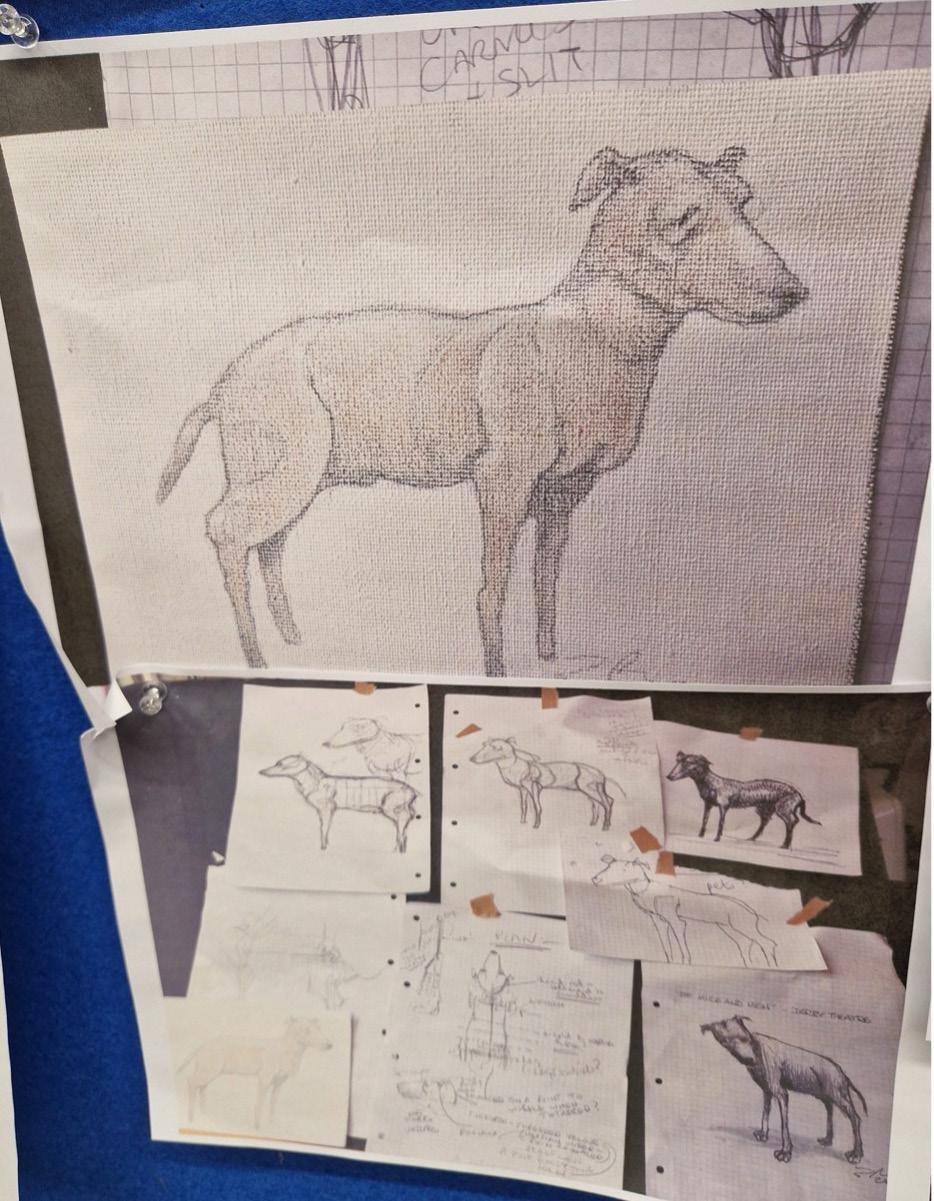

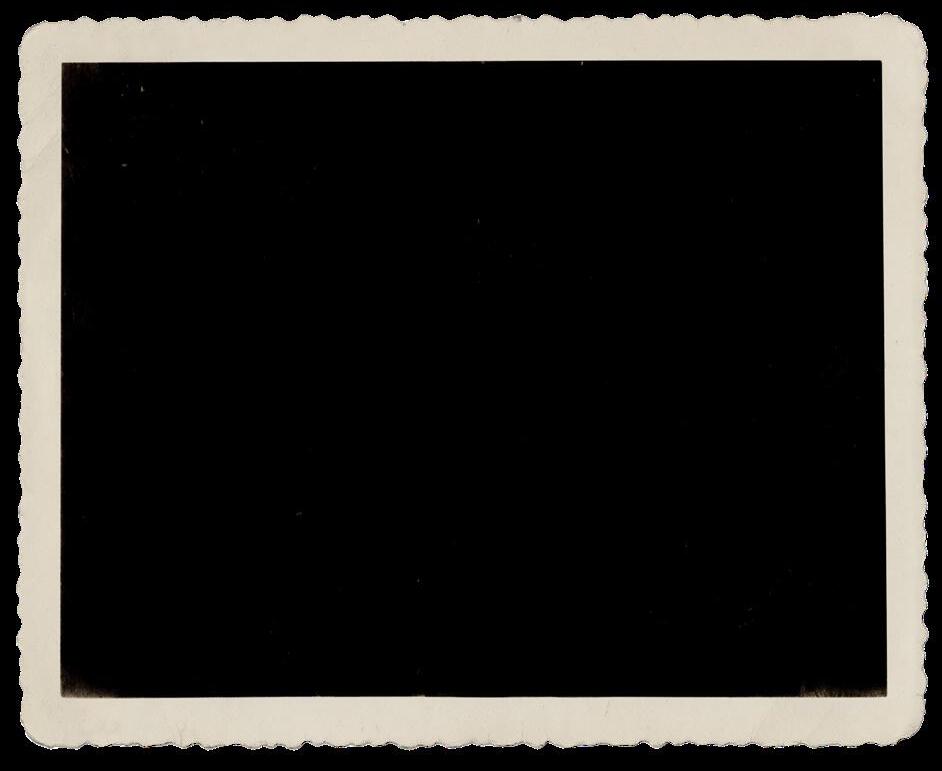







EXERCISE 1: MINING THE TEXT (USING SCRIPT EXTRACT 1)
Read the scene and see what you can identify as facts or questions about what’s happened to lead George and Lennie to this point. In this first scene you learn about what’s happened before with the girl in the red dress.
In pairs, compare your facts and questions and decide what you think happened in Weed. What was the trigger event that led to them being here now in Soledad?
The importance of time, place and the immediate circumstances
In your pairs use your facts and:
Decide on the time-line between the event in Weed and now
Improvise George and Lennie just after the event in Weed and how they leave? Where do they end up? Decide whether you think it happened yesterday or maybe a week before? Make up this story of what happened before the play started.
Read the first bit of scene 1 as though it happened yesterday and then again as though it has happened a week ago. What difference does it make to the levels of tension and the energy they come into the scene with? Think about how much sleep have they had? How do they feel about each other? You can decide. Which version did you prefer?
Below is the example of what the actors and the Director found in the rehearsal room.



EXERCISE 2: EXPLORING CHARACTERS’ INTENTIONS
In pairs, explore the scene and think about what the characters’ intentions are throughout. Their intentions are what they really want and really mean. It’s what’s happening on the inside. But our feelings change often as we’re talking. The characters’ intentions can change many times in a scene, even, line by line. And you can decide what you think their intentions are – there’s no right or wrong but this is a way of the director offering some ideas and the actors trying them out.
Example with script:
GEORGE: Now, look! I’ll give him the work tickets, but you ain’t gonna say a word. You’re just gonna stand there and not say nothing.
Possible Intention: George wants to protect Lennie.
Possible intention: George wants to teach Lennie
What else could it be? Select some lines from the script and decide what the characters really want and what they are trying to do.
EXERCISE 3: EXPLORING CHARACTERS’ PAST THAT INFORM THE PRESENT
Take one of the characters and write down any past events that you know about that have happened to them. How does this affect them now?
What do they believe about themselves and their future?
At each point of the story, decide how real is the dream for George? How does this affect his mood, tempo and relationship to Lennie and others?

EXERCISE 4: VISUALISATION OF THE PAST TO CREATE THE AUTHENTIC RELATIONSHIP BETWEEN GEORGE AND LENNIE
To build the strong bond between George and Lennie, that needed to feel really authentic, the Director wanted to somehow recreate a shared past each other. To do this, she created a visualisation of a shared memory - an instant shared biography.
In pairs, decide who is Lennie and who is George. Stand back-to-back so that you can feel the other person.
The director asks the pairs to remember a memory. For example: Imagine a time when you were both together, just you two, and you both felt really happy and safe.
Where are you?
What is the light doing?
Is it an electric light or is it a natural light?
What can you smell?
Are you standing or sitting?

Where is Lennie/George standing in relation to you?
What’s the air like? Is it hot? Is it cold?
Are you holding anything?
Is the other person looking directly at you or are they looking away from you?
What sounds can you hear?
Once the visualisation is finished, the pairs share that memory with each other. You don’t need to agree on all the details because everyone sees things differently.
EXERCISE 5: STATUS (USING SCRIPT EXTRACT 2)
Put a pile of sticks in the in the middle of the room between the characters. Ask the actors to read the script and every time they think their line gives them a higher status, they “win a point” and take a stick. And every time they think they’re giving in, or lowering their status, they give a stick away.
Explore who has got most of the sticks. What does this tell you about the characters?
Discuss another incident where Curley appears. How does his status change throughout the story? Discuss the difference between contextual status (e.g. Curley is the boss’ son that gives him high status) and character status e.g. how his character is viewed by others, his behaviour and language.
EXERCISE 6: PLAYING WITH TEXT AND PHYSICALITY (USING EXTRACT 1)
Play with reading the lines whilst looking directly into the eyes of the other character and then play it looking away. What difference does this make?
In pairs, read the scene once and ask the actors to repeat any words that the other character says that really affects them or strikes them as important to their character. This will help you to understand, what Lennie finds important and what is maybe just washing over him. What’s going in and what’s not going in?
EXERCISE 7: EMOTIONAL MAPPING
Get into pairs. Choose one or more of the monologues above and read it out loud to your partner. Then take 5 or 10 minutes on your own to draw an emotional image or mind map of the character when they are speaking these words. You can use images, abstract shapes, words or a combination.
Share what you have drawn/written with your partner. What does this tell you about the state of mind of the character at that time? How could this impact on the choices the actor might make in terms of their voice and physicality? Once you have discussed your images, try reading the monologue again. What difference has it made?
EXERCISE 8: CHARACTER WEBS
This exercise explores a character’s relationships: one person in relation to another. The other characters in the story may give or take strength from another person in their network. It is helpful to understand a character’s network from their standpoint as it will inform how they behave with that person.
Take a character that you would like to explore in more depth, for example George. Invite someone to play George and ask them stand in the middle of the space. Then ask the participants to suggest where to place the other characters in relation to him and invite people to represent those characters and stand according to people’s suggestions of how close these people are to George. The people who are emotionally close or important to George will stand closer to him. Then add in more detail: are they looking at him or looking away? Are they behind him or in front of him? If they are placed far away, does this change during the play?
EXERCISE 9: CHARACTER BELIEF SYSTEMS
To build on the exercise above and explore a character in depth, it is useful to decide on their “belief system” - in other words, what they believe about the world and other people in it. This can help an actor make useful decisions about how they behave differently with one person over another. This gives depth and nuance to a performance because they may believe something about that person, but behave in a way that masks their true feelings. It is a great acting challenge to be able to convey both a character’s internal feelings and external behaviours as they are not always the same but one may drive the other.
Divide a piece of paper into three columns. In the left-hand column, make a list all the characters down one side. Head the next two columns “internal feelings” and “external behaviour”.
Take a character that you would like to explore in more depth. As an example, let’s take Candy. Write his name at the very top of the sheet. If you are an actor, playing a particular character in the play, then of course, do this exercise from your character’s point of view.
Example:

CANDY
Characters Internal Feelings External Behaviour
Crooks Crooks is terrifying Crooks is beneath me Carlson Carlson is cruel Carlson is to be respected
INTERVIEWS WITH CAST MEMBERS








VIDEO
VIDEO
VIDEO
ACT ONE FILMED FROM THE SHOW

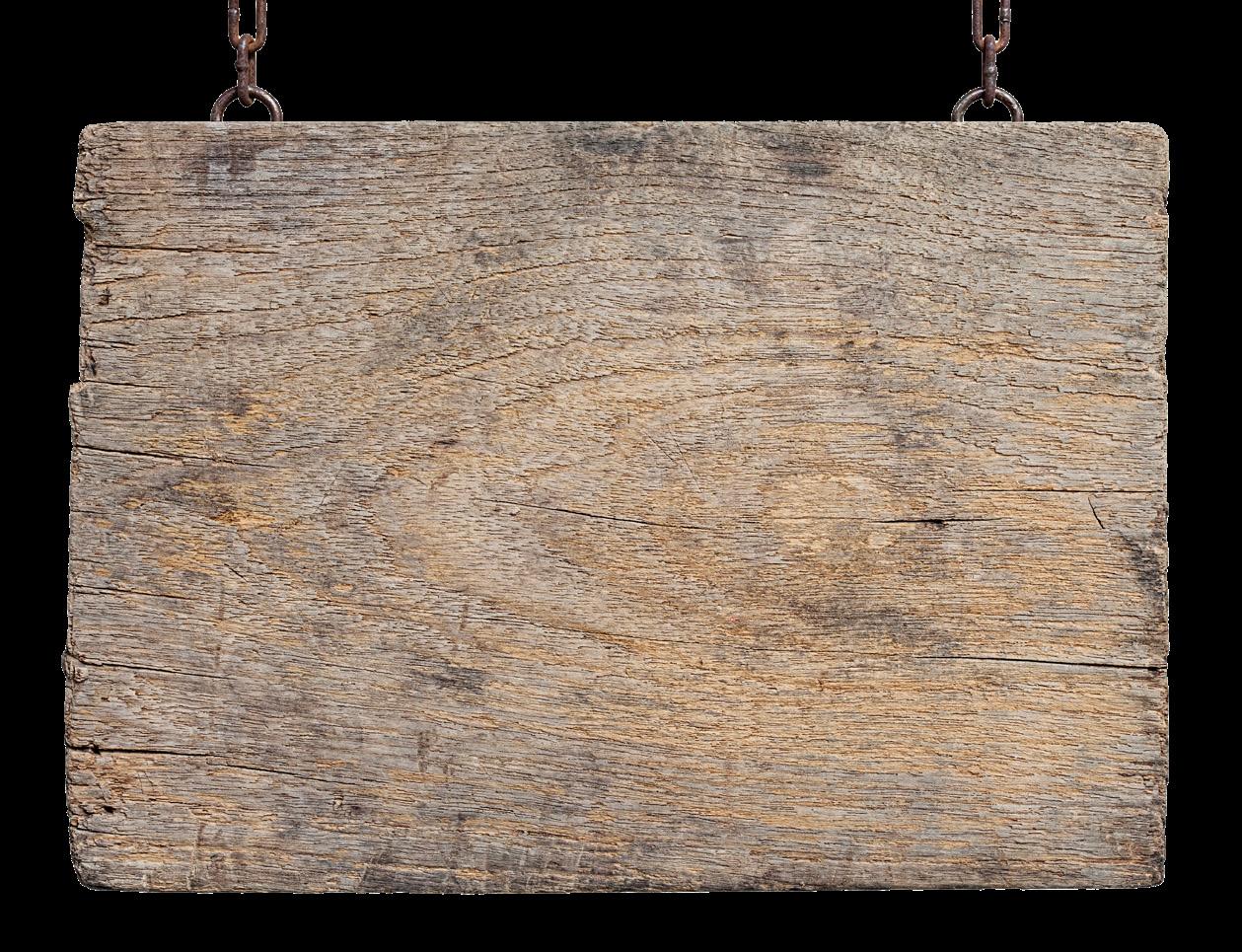
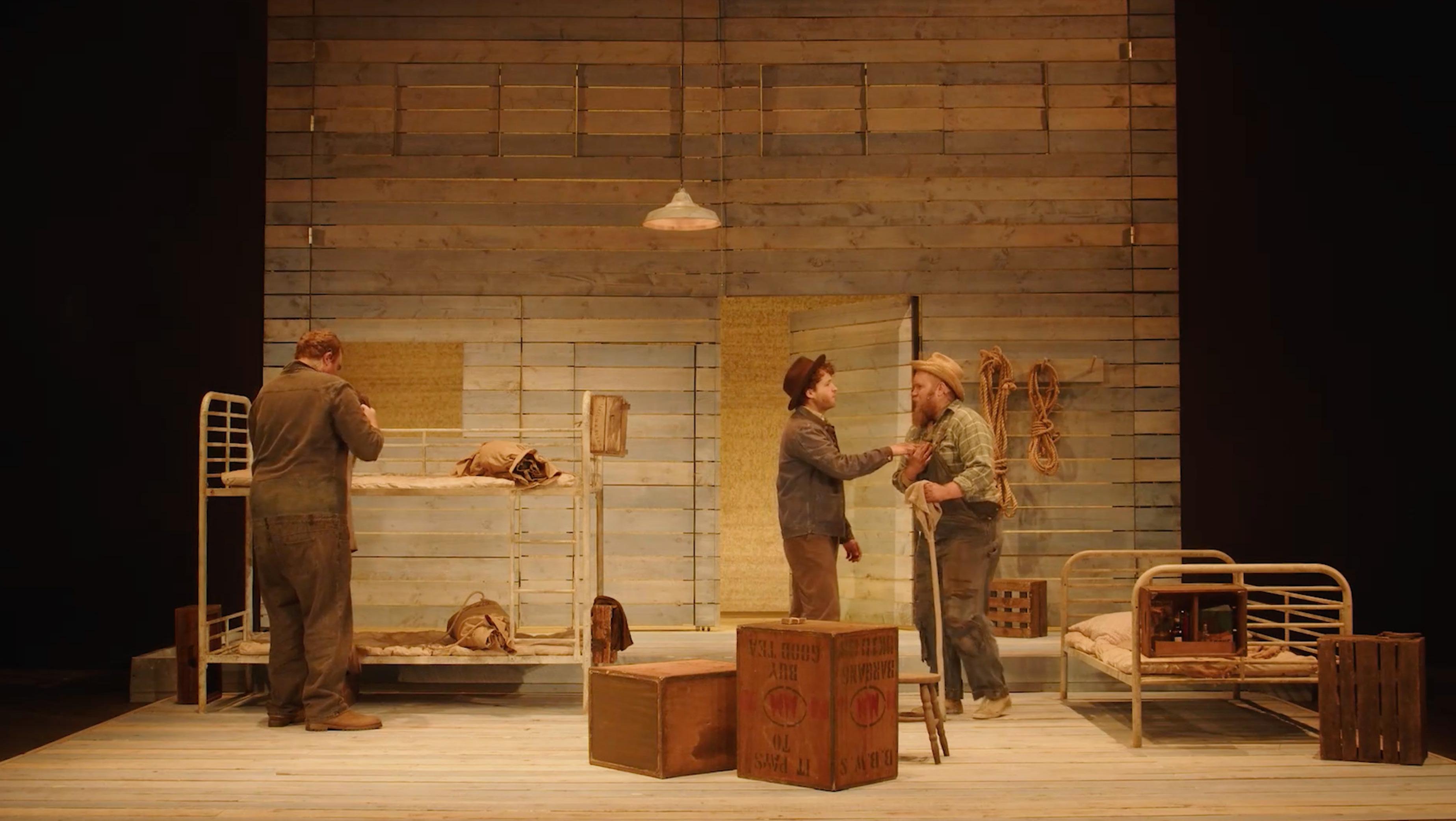

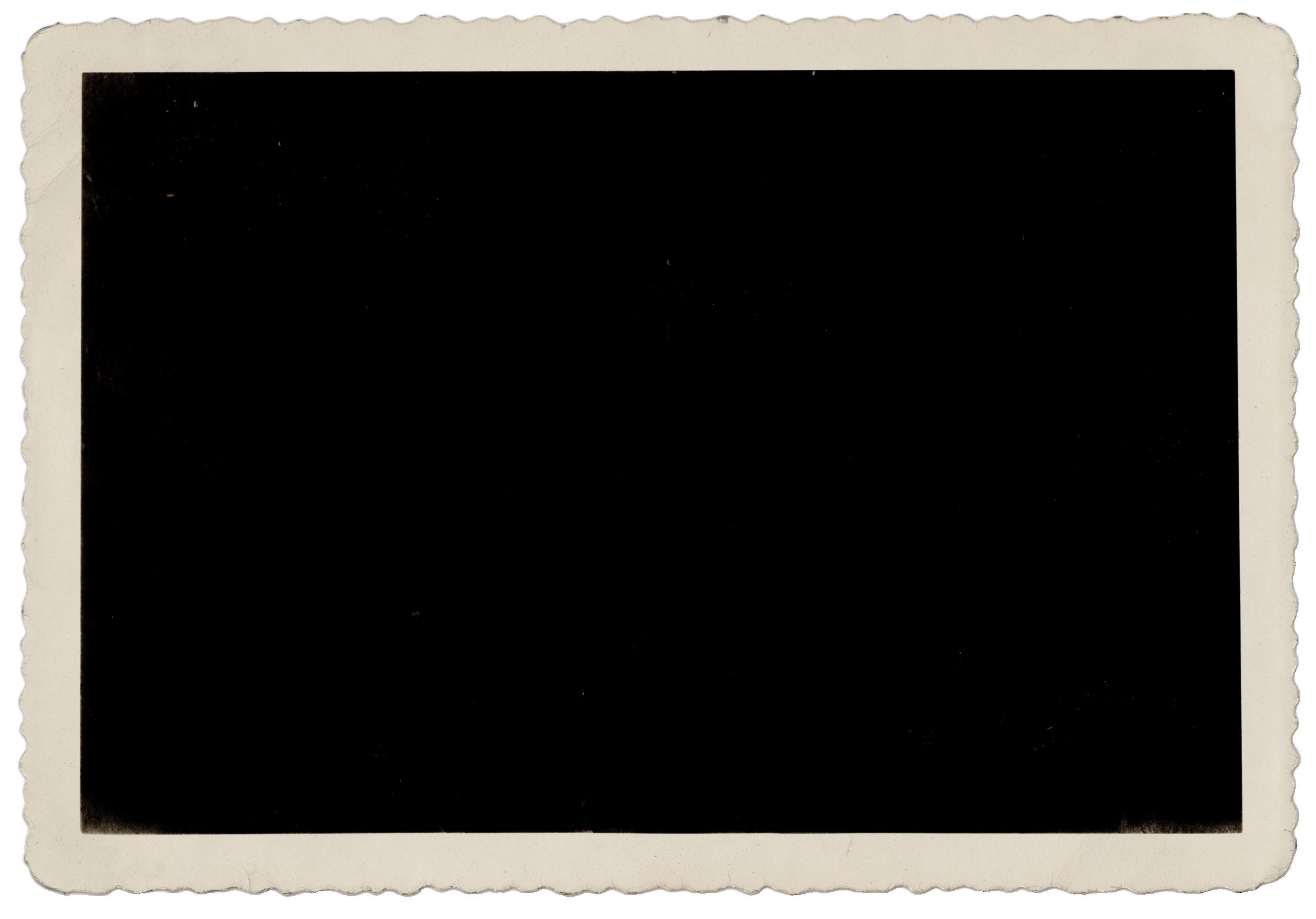
ACCESS

AUDIO DESCRIPTION
To make this show accessible to blind and visually impaired patrons, Derby Theatre worked with “Hear the Picture” Hear the Picture – Audio Description who are an actorled creative audio description company� They explore the potential of audio description as an art form, pushing the boundaries of creative access within the theatre industry�
Ben Wilson (who also plays Candy) and Jo Mousley are both Founders/ Directors of the company, with Ben also as Lead AD consultant and Jo as audio describer� They believe that it’s vital to be part of the whole process and they collaborate with the creative team to understand the collective vision of the production from the beginning�
The Creative Audio Description for Of Mice and Men has been seamlessly woven into the production, enhancing the performance rather than serving as an add-on� The creative audio provides descriptions of the set, characters, key visuals and onstage action, plus commentary of some of the activity on stage, performed in character by some of the cast members - all integrated naturally within the dialogue� Creative Audio Described performances enrich the experience for all audience members, including those who are blind or visually impaired� The creative audio description has been created with Hear the Picture in collaboration with the company�
TOUCH TOUR
In addition to the audio description, we invite audience members to come and walk round the set to get an understanding of the layout and feel� A member of staff helps navigate and describe� There are also various props and items relevant to the show on a table in the foyer that people can pick up and touch�

CREATIVE AUDIO DESCRIPTION INTRODUCTORY

SET AND COSTUME DESIGN
BY JESS CURTIS

The link above takes you to a presentation showing the full set and costume designs, with reference images, by designer Jess Curtis� At the start, you can see the photographs Jess and director Sarah Brigham have discovered and discussed as important to their shared vision for this production�
Prompt Questions
1� How important do you think the historical context was in informing the design choices? In what ways?
2� What visual details can you see from the photographs that have transferred to the final design?
3� The design is very simple visually� Why do you think the designer made that decision? What impact did it have on the audience?
4� How do the actors interact with the set? What impact does this have on the way we are telling the story and on the audience?

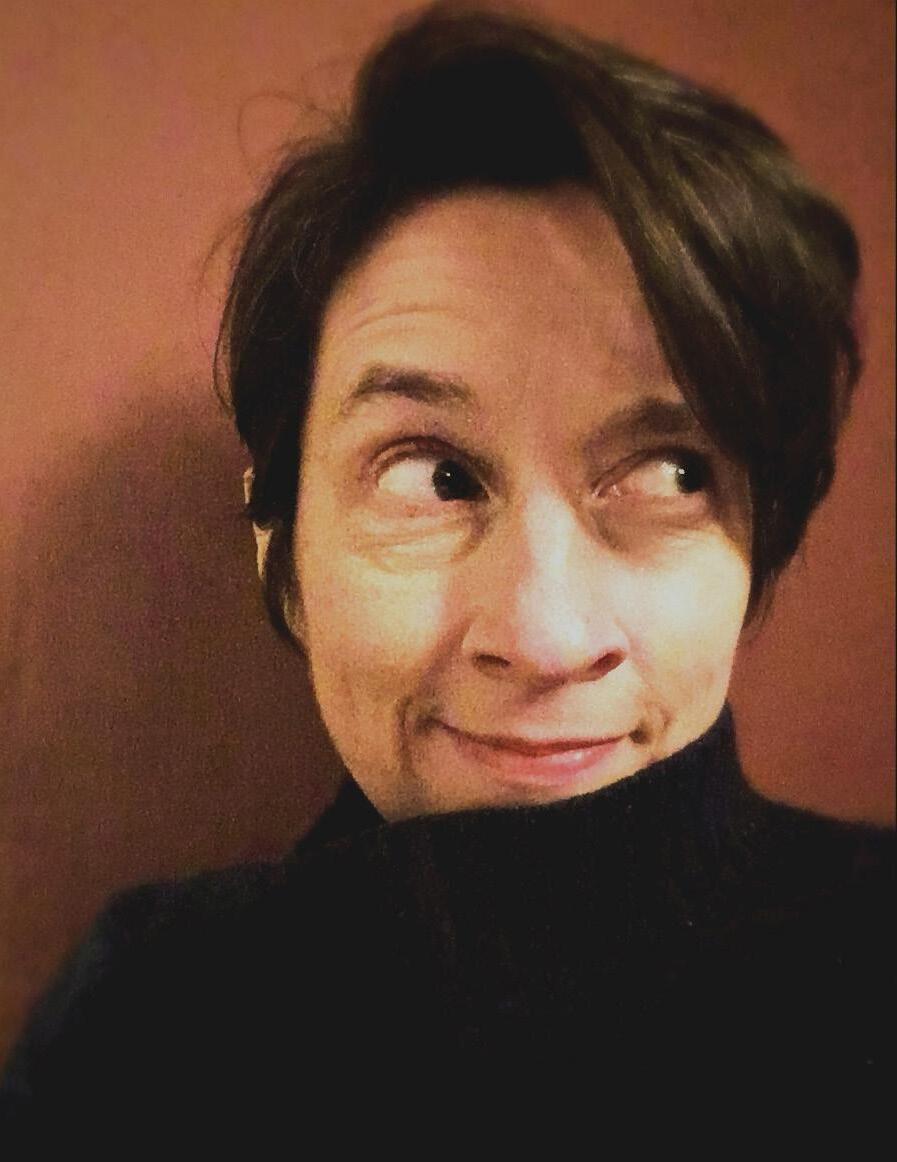




LIGHTING DESIGN

BY SIMEON MILLER

See below the lighting design plan for the show� This is for reference to give an overview of the detail in which the lighting designer decides which lantern to use where� The levels and exactly which lanterns are used in each scene will develop and change through the Production Week, which is when the actors, creatives and technicians come together for the first time to see all the production elements� They will work cue by cue (every time something technical changes) until everything is plotted into the lighting desk�
1� What were your overall impressions of the lighting?
2� What were the key colours in the design and why do you think the designer chose them?
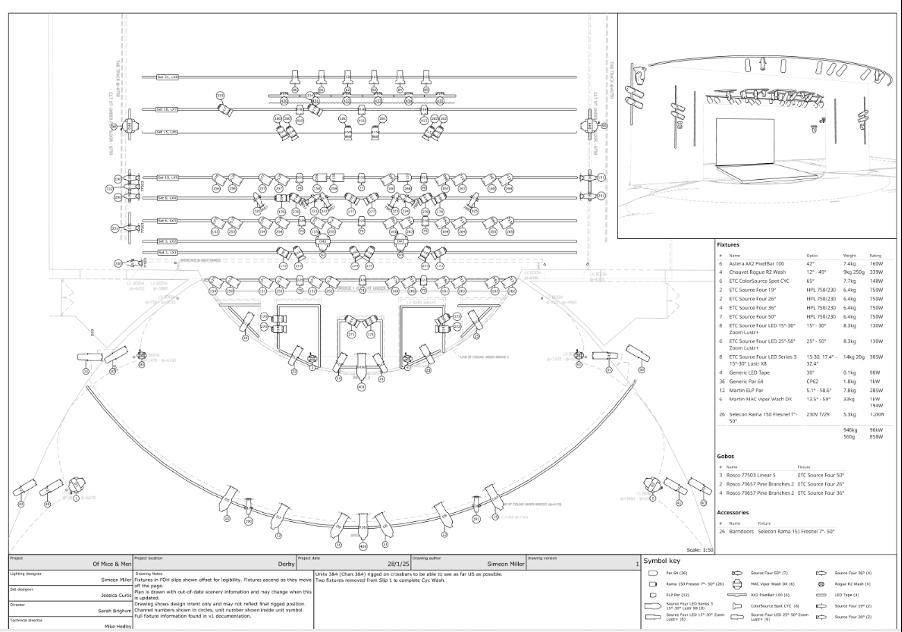
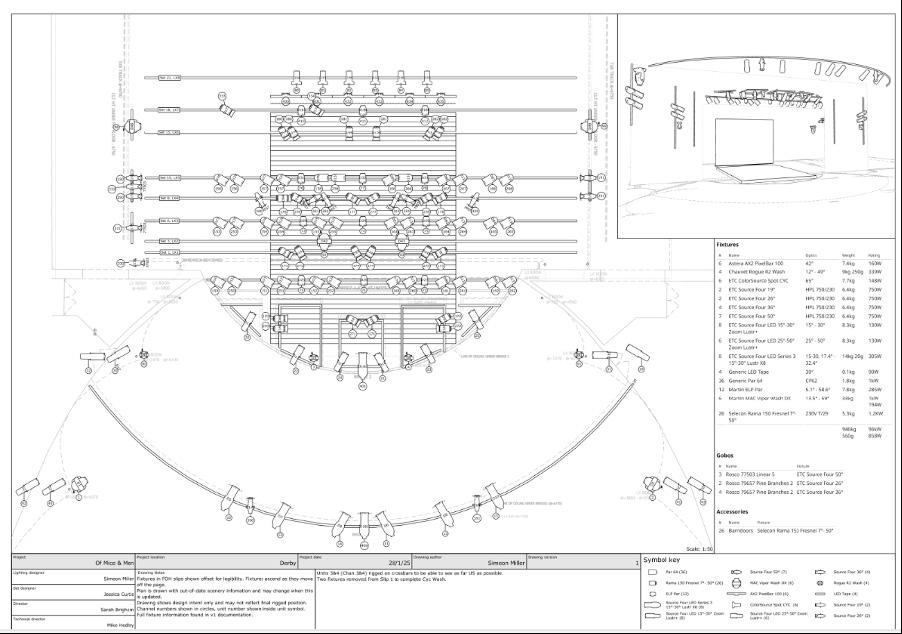

GLOSSARY OF TERMS IN OF MICE AND MEN
A–B
Airedale – A breed of large, tan-and-black dogs.
Bindle – A bundle of belongings carried by a migrant worker.
Bindlestiff – A hobo or itinerant worker who carries a bindle.
Blowin’ in – Arriving unexpectedly.
Booby hatch – A slang term for an insane asylum.
Bucking grain – Tossing heavy bags of grain; hard manual labour.
C–D
Candy wagon – A crew’s transport vehicle on a ranch.
Cat house – A brothel.
Clabberin’ up – Thickening or curdling, often referring to milk.
E–G
Euchre – A card game popular in the early 20th century.
Flapper – In this context, someone who talks a lot.
Floozy – An offensive term for a woman who is seeen as disreputable or promiscuous.
Gabilan Mountains – A mountain range in California, near the play’s setting.
Gamier – Smelling bad or unpleasant.
Get the jack together – Save up money.
Gray-back – Bed bugs/lice

H–J
Hand – A worker, particularly on a ranch.
Hoosegow – Slang for jail.
Jungle-up – Hobo slang for setting up a temporary camp.
K–L
Kewpie doll – A small, chubby, cherubic doll popular in the 1930s.
Lick – A small amount, as in “not a lick of sense.”
M–N
Mule skinner – A driver of mule teams.
Mussed up – Messed up or dishevelled.
Noose – A loop used for hanging; symbolic of execution.
O–R
Old lady – Slang for wife or mother.
On the county – Living on government aid.
Pants rabbits – bed bugs/lice
Pillow-pigeons – bed bugs/lice
Poke – A small bag of money.
Pugnacious (is used in the script to describe Curley) – Aggressive or eager to fight.
Roll up a stake – Save money.
Rummy – A card game
S–T
Salinas River – A real river in California near the setting of the play.
Scrammed – Ran away or left quickly.
Slang her pups – Gave birth (referring to a dog).
Soledad – A real town in California; means “solitude” in Spanish.
Stake – A sum of money saved up for a goal.
Swamper – A worker who does odd jobs, usually involving cleaning.
Tramp – Offensive term for a woman implying that she is promiscuous
U–Z
Vaseline – A brand of petroleum jelly, often used for sore hands.
